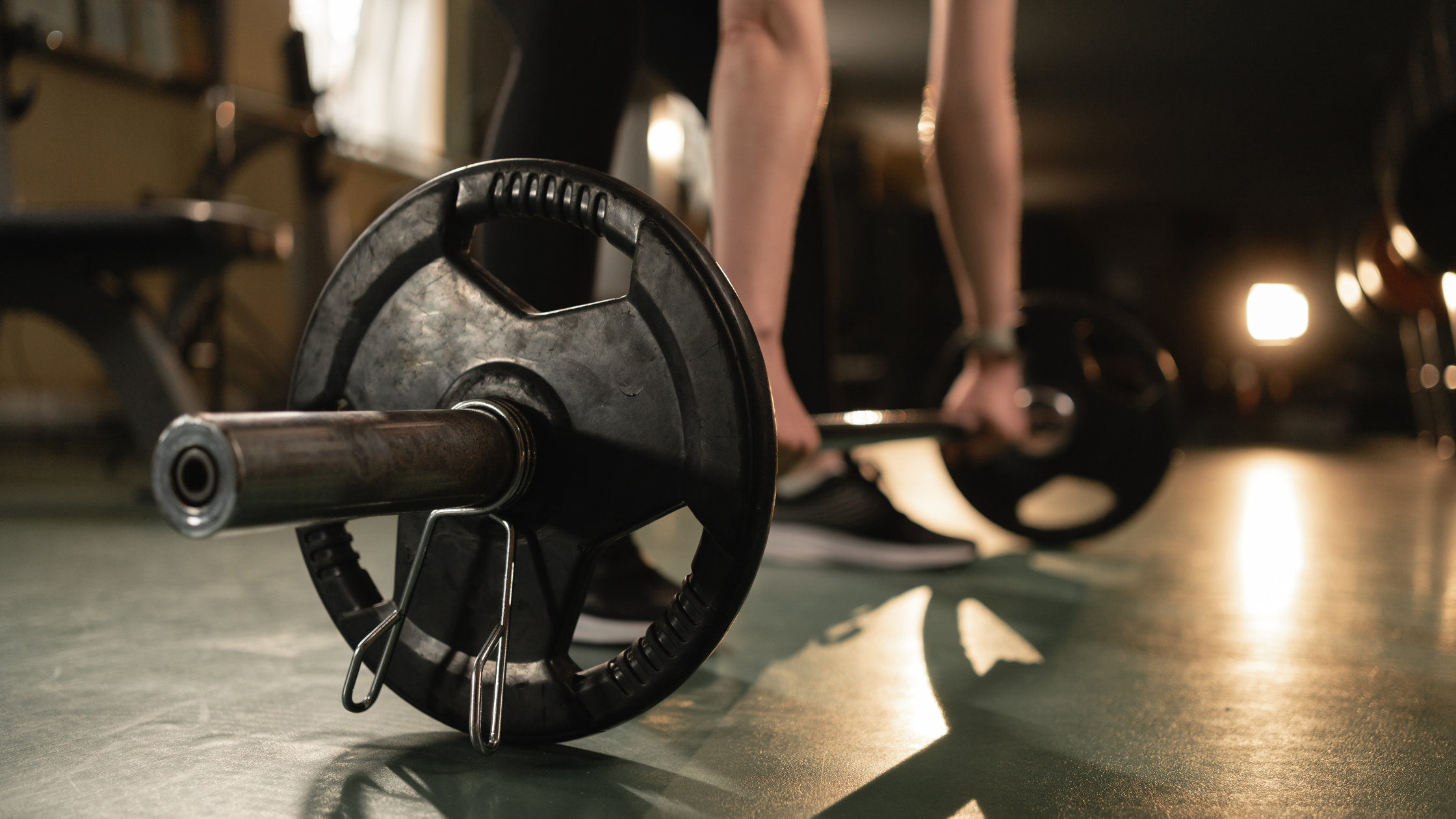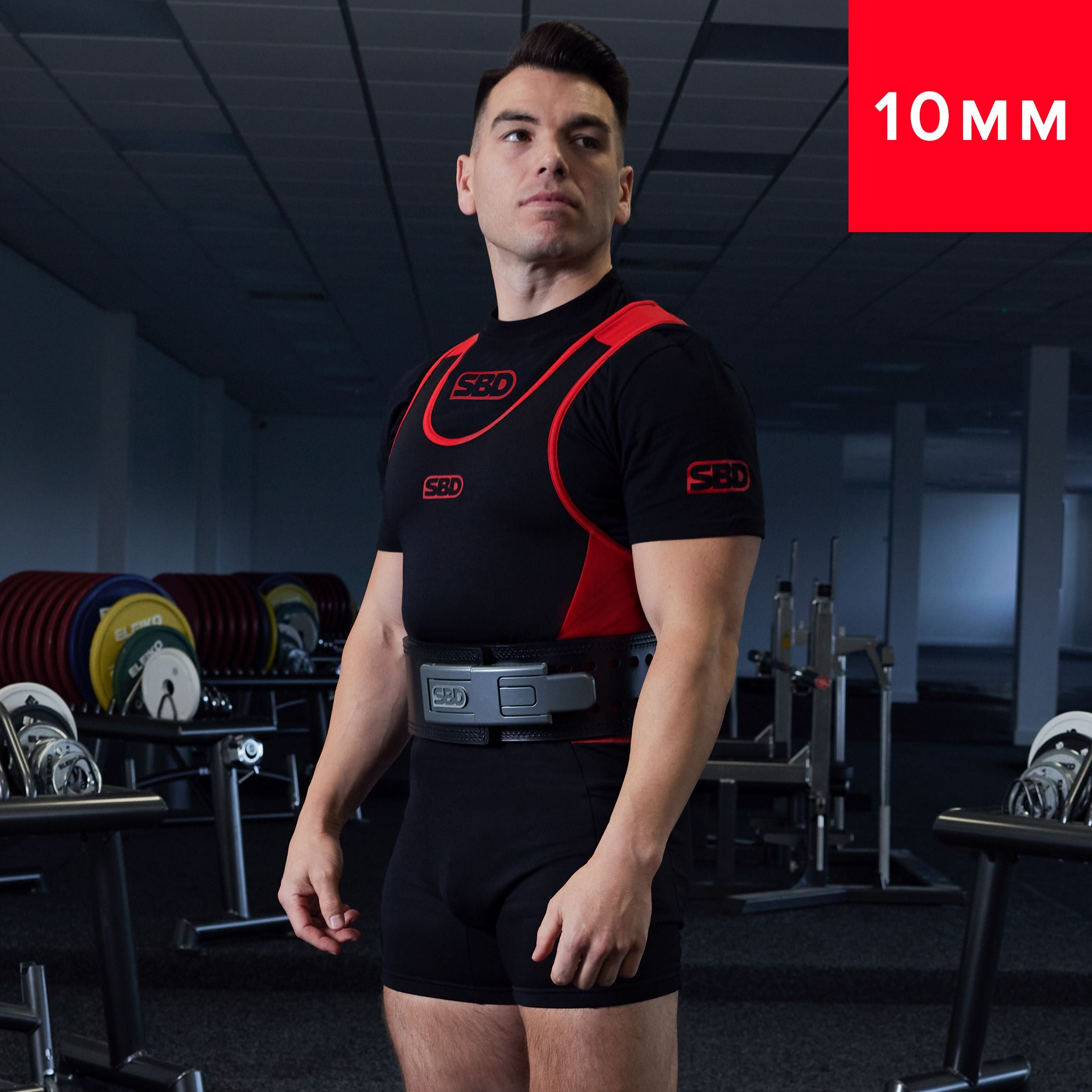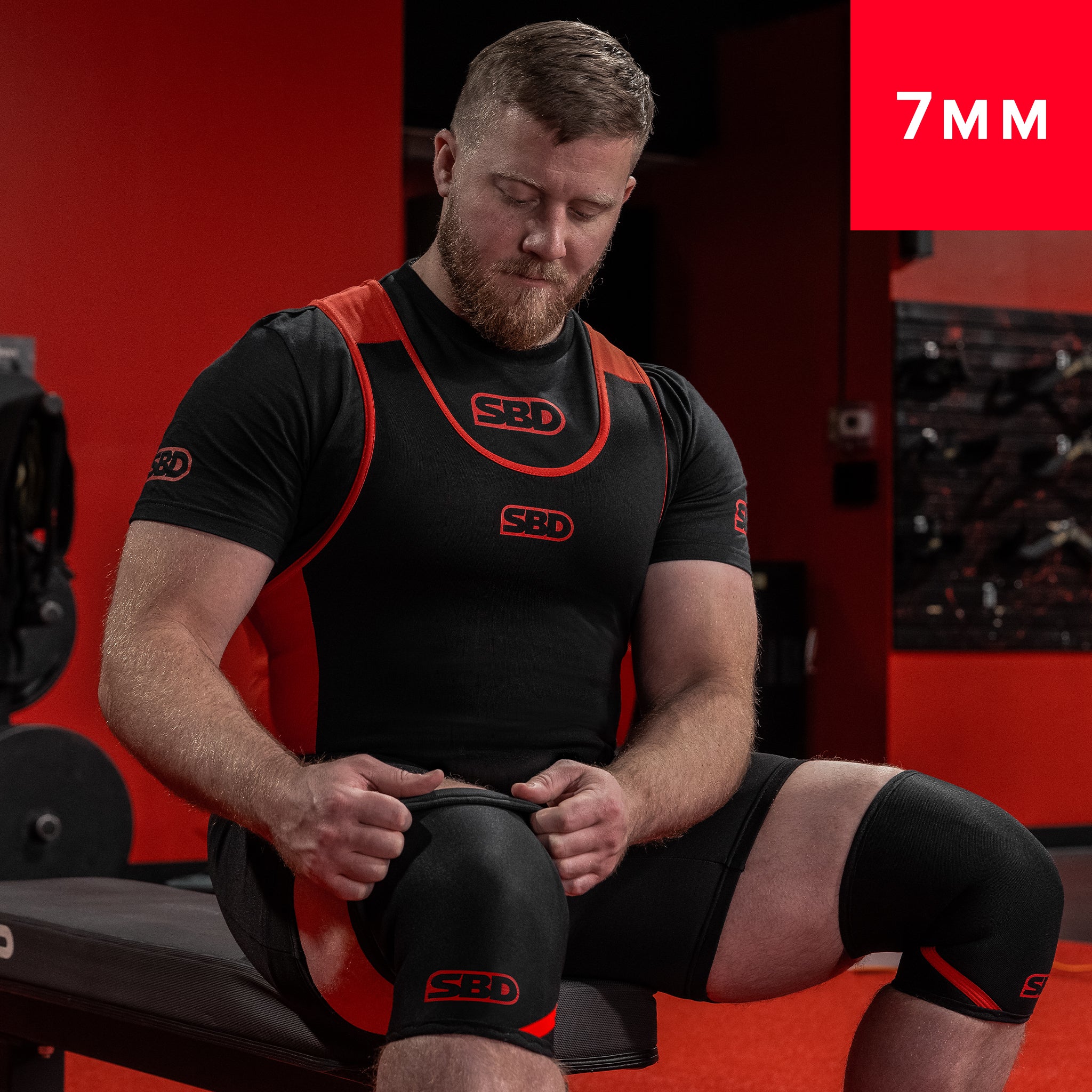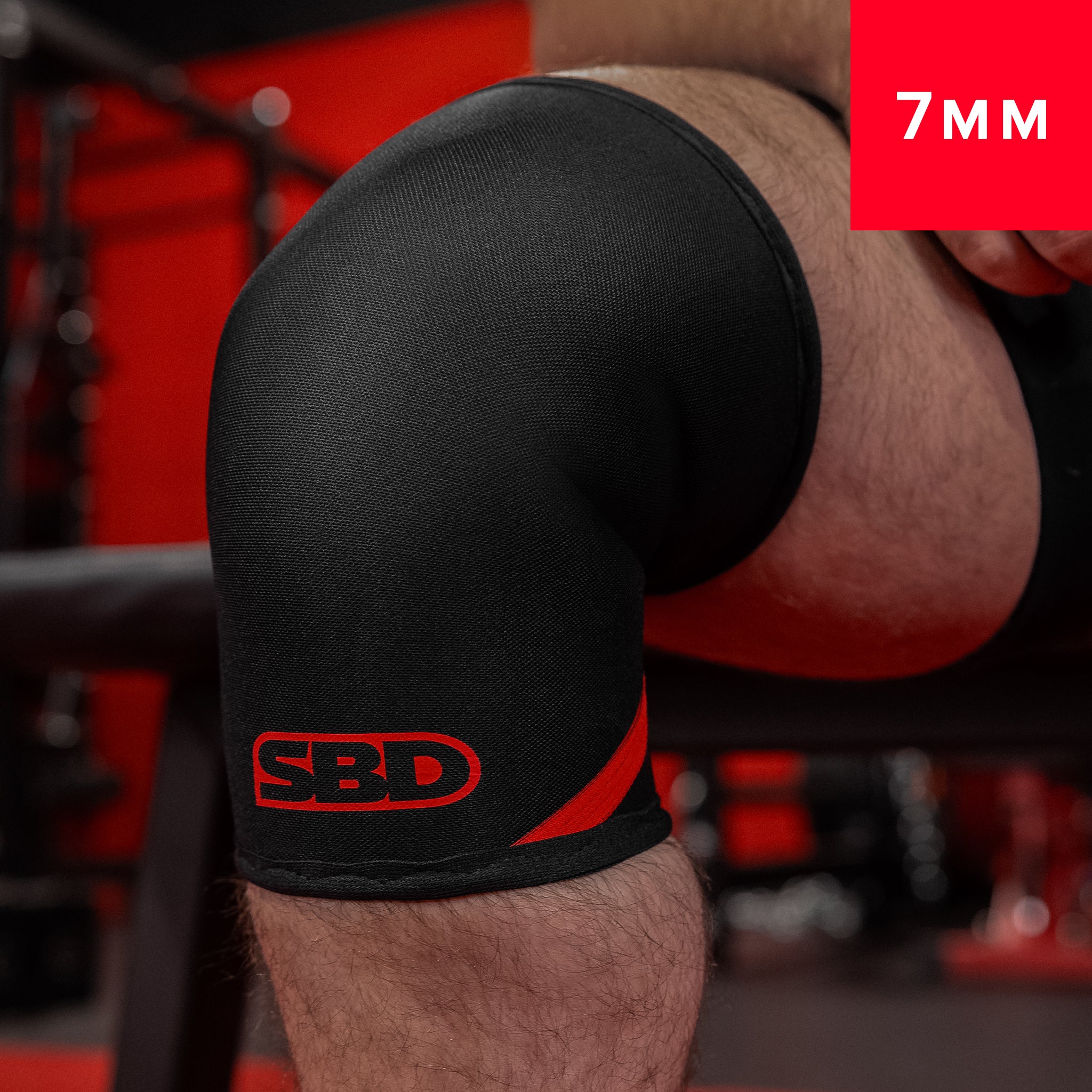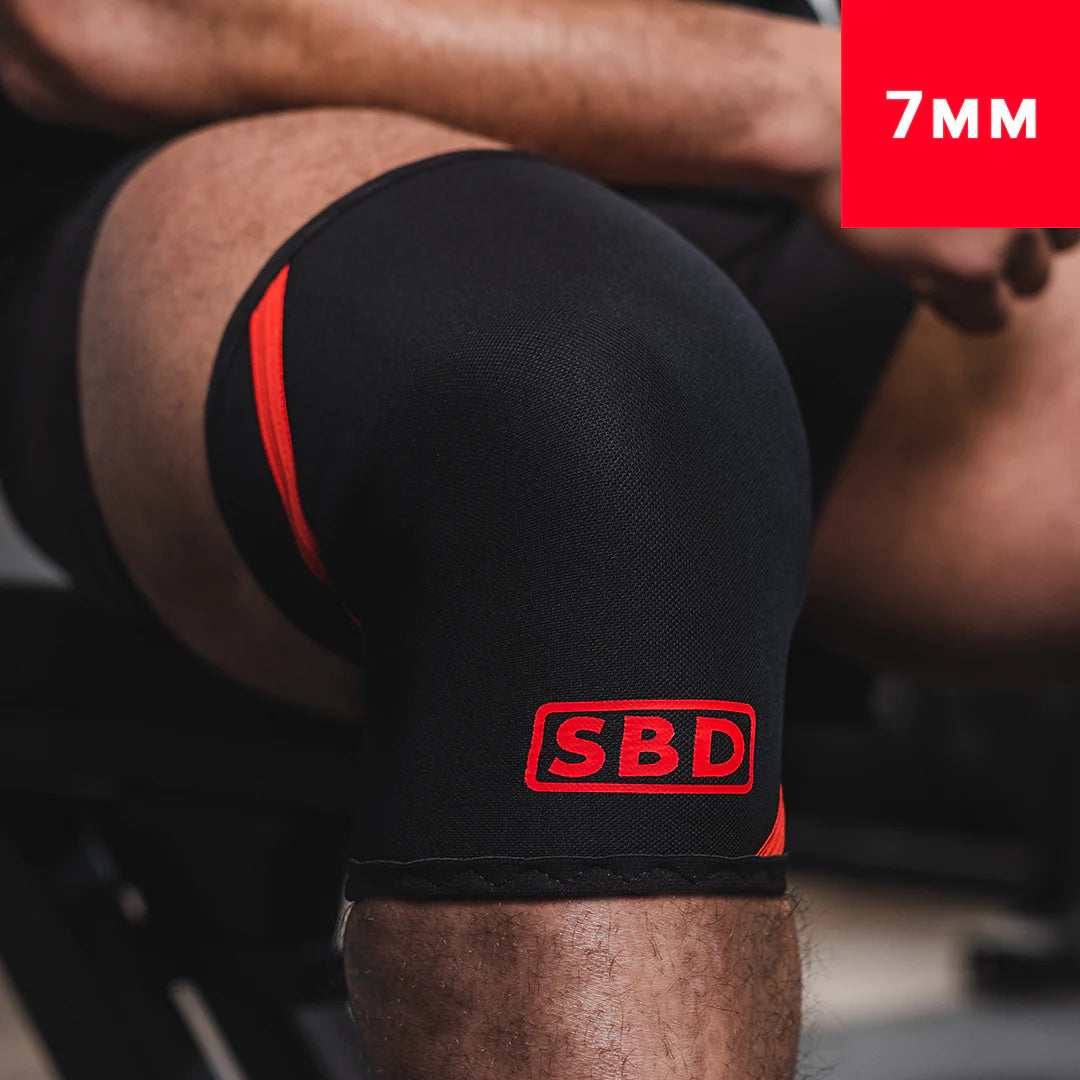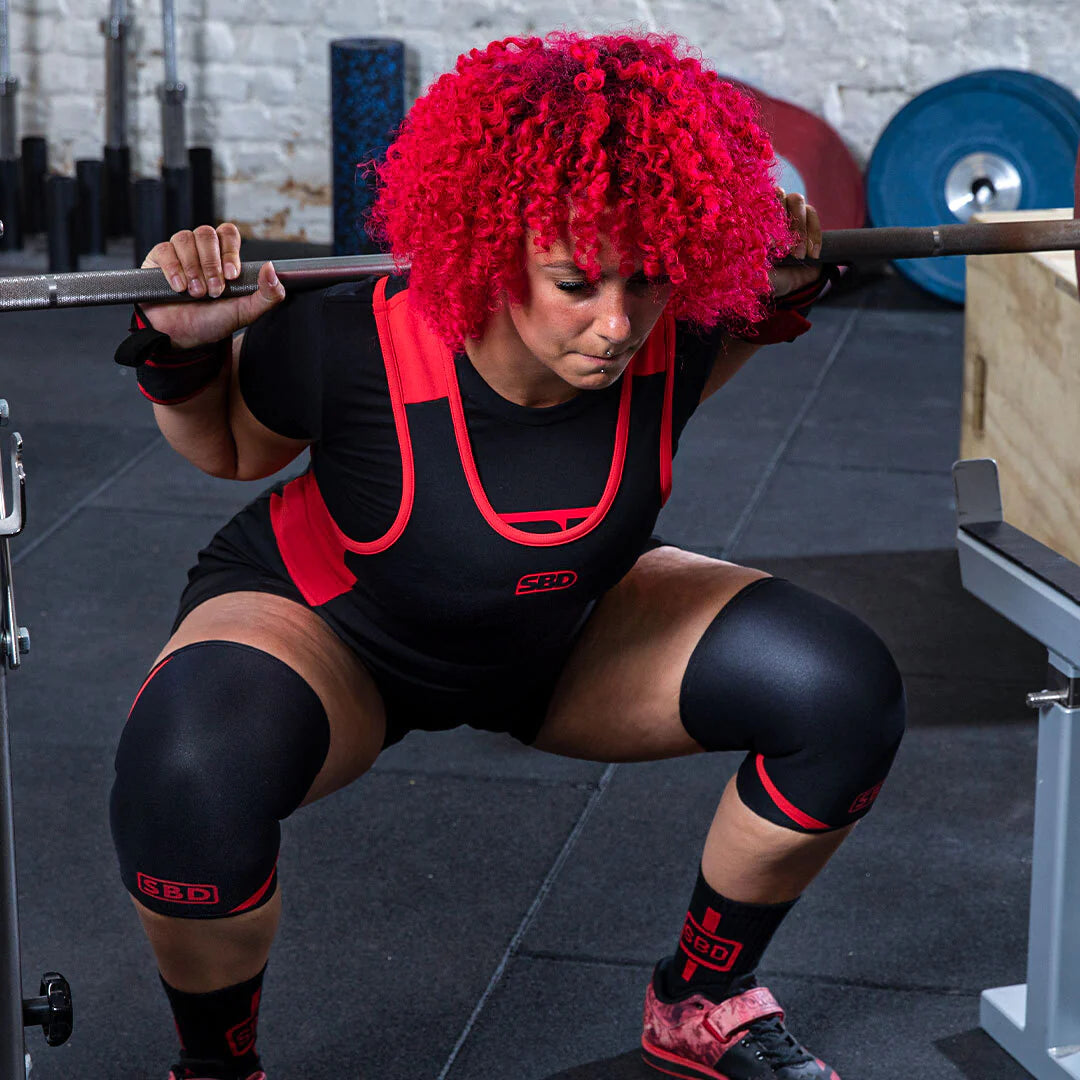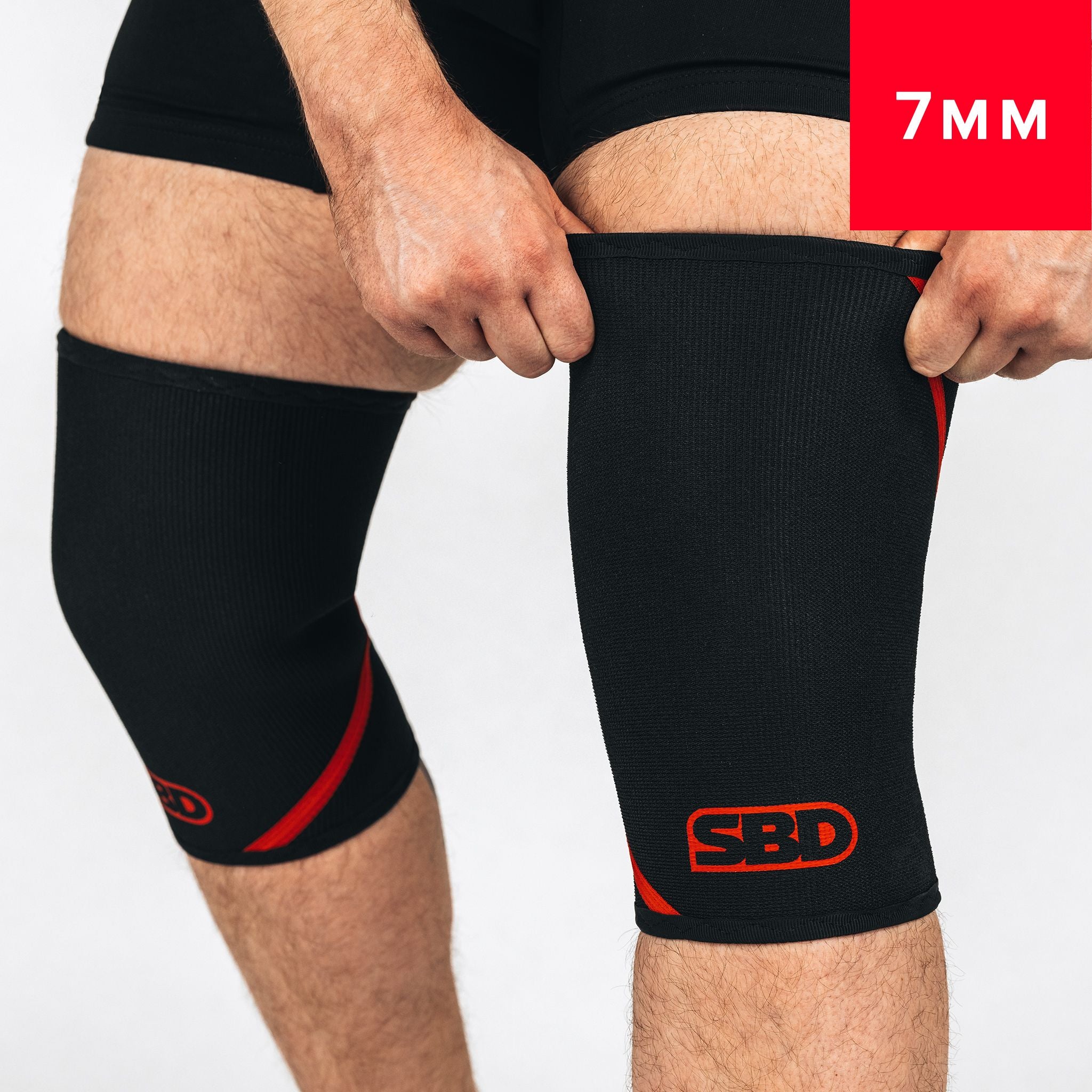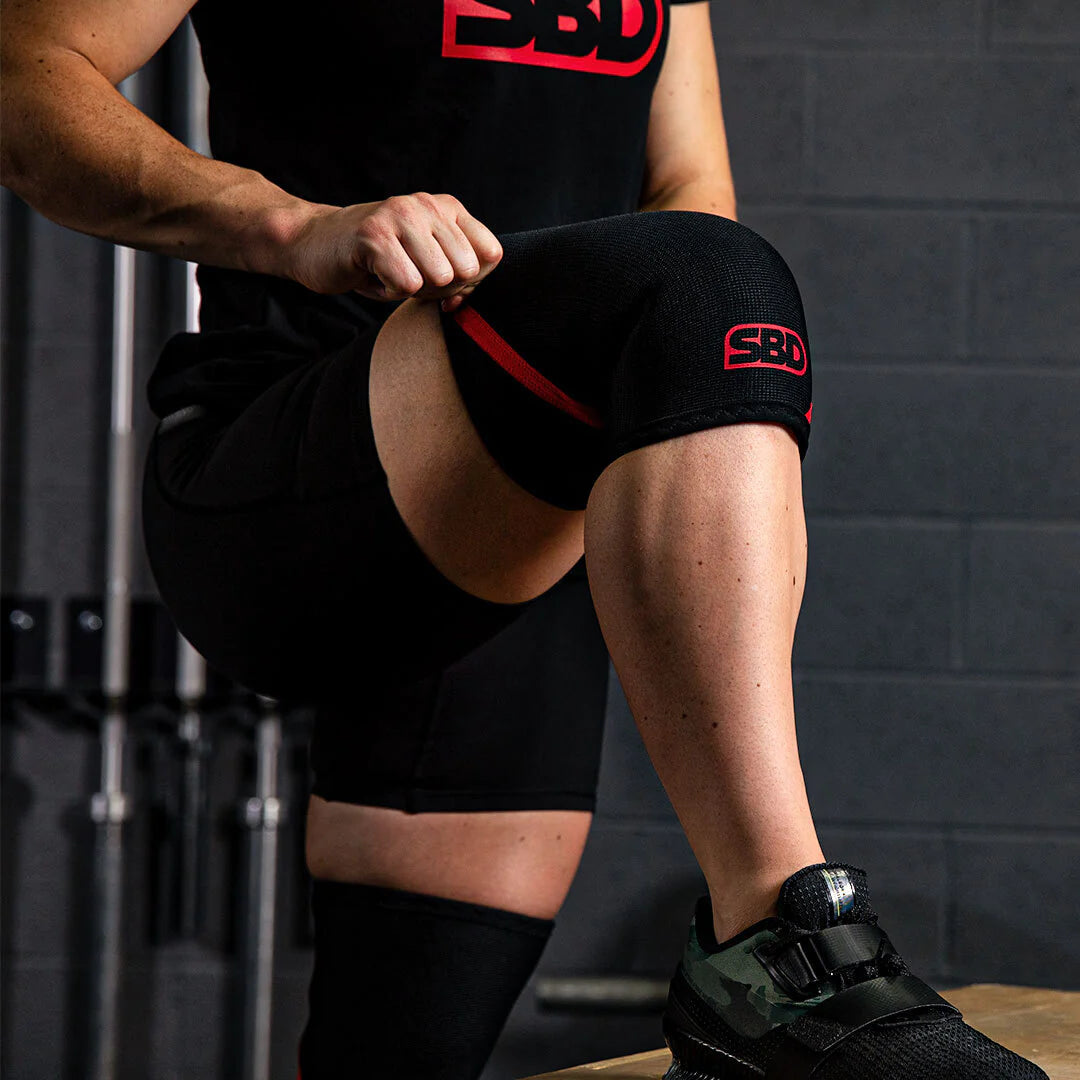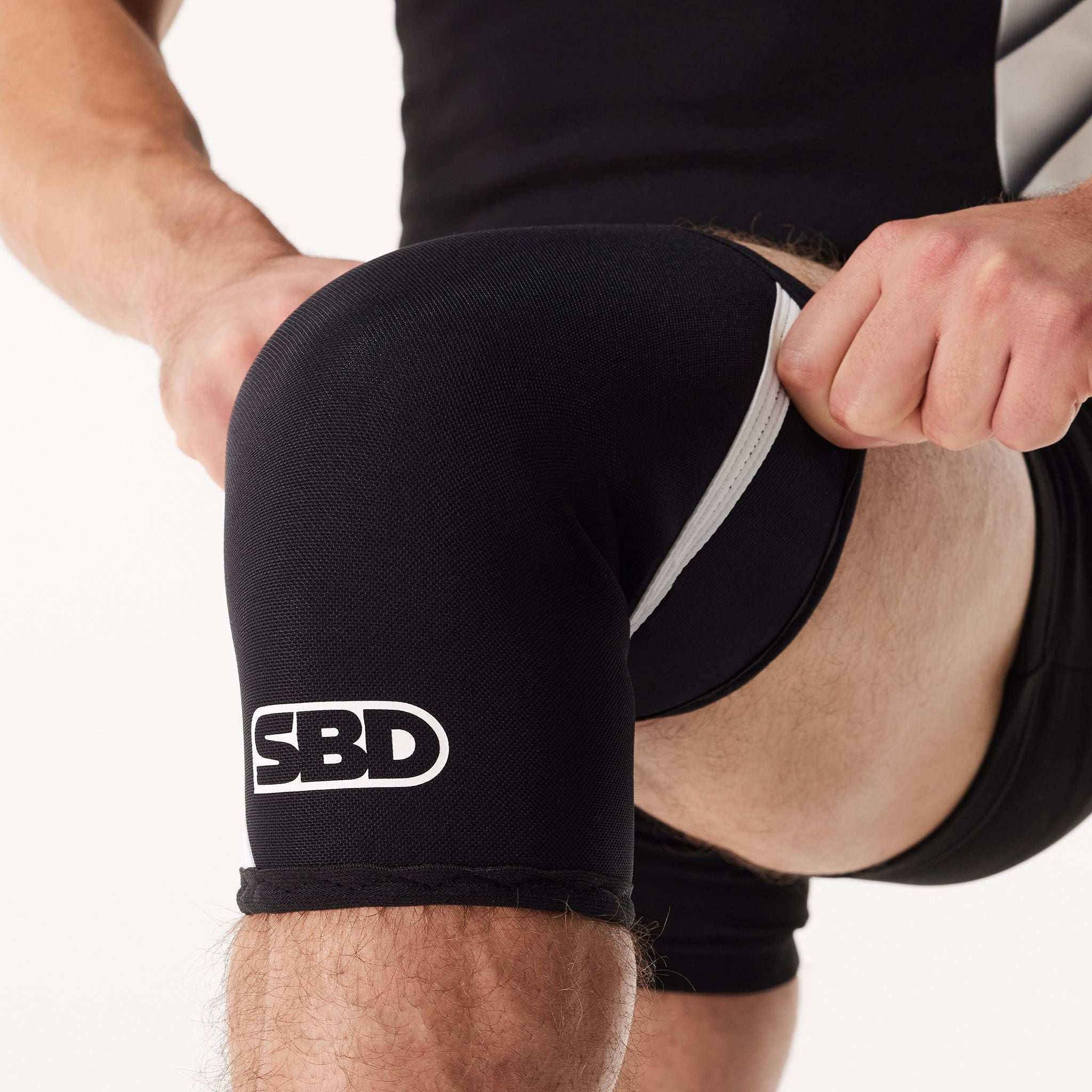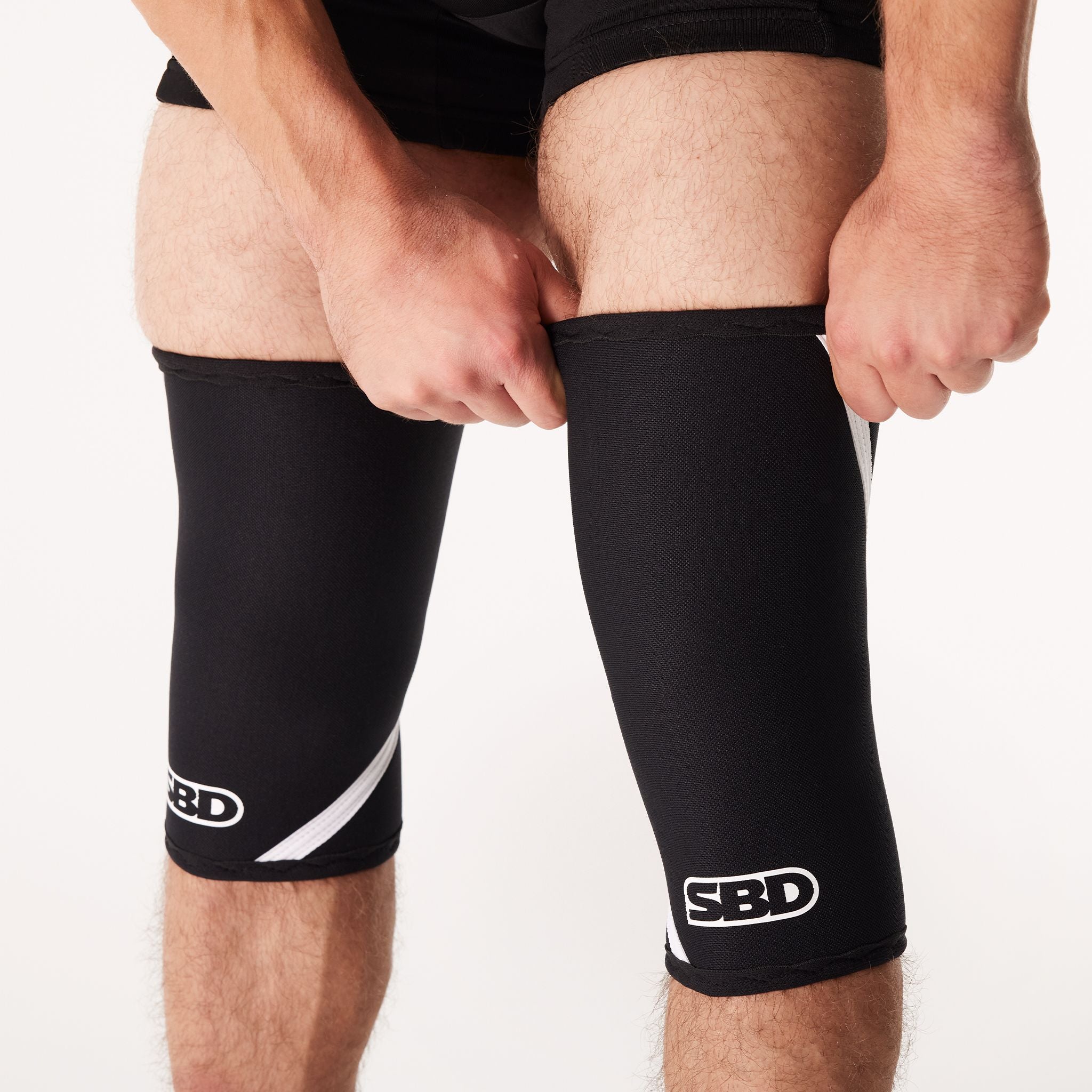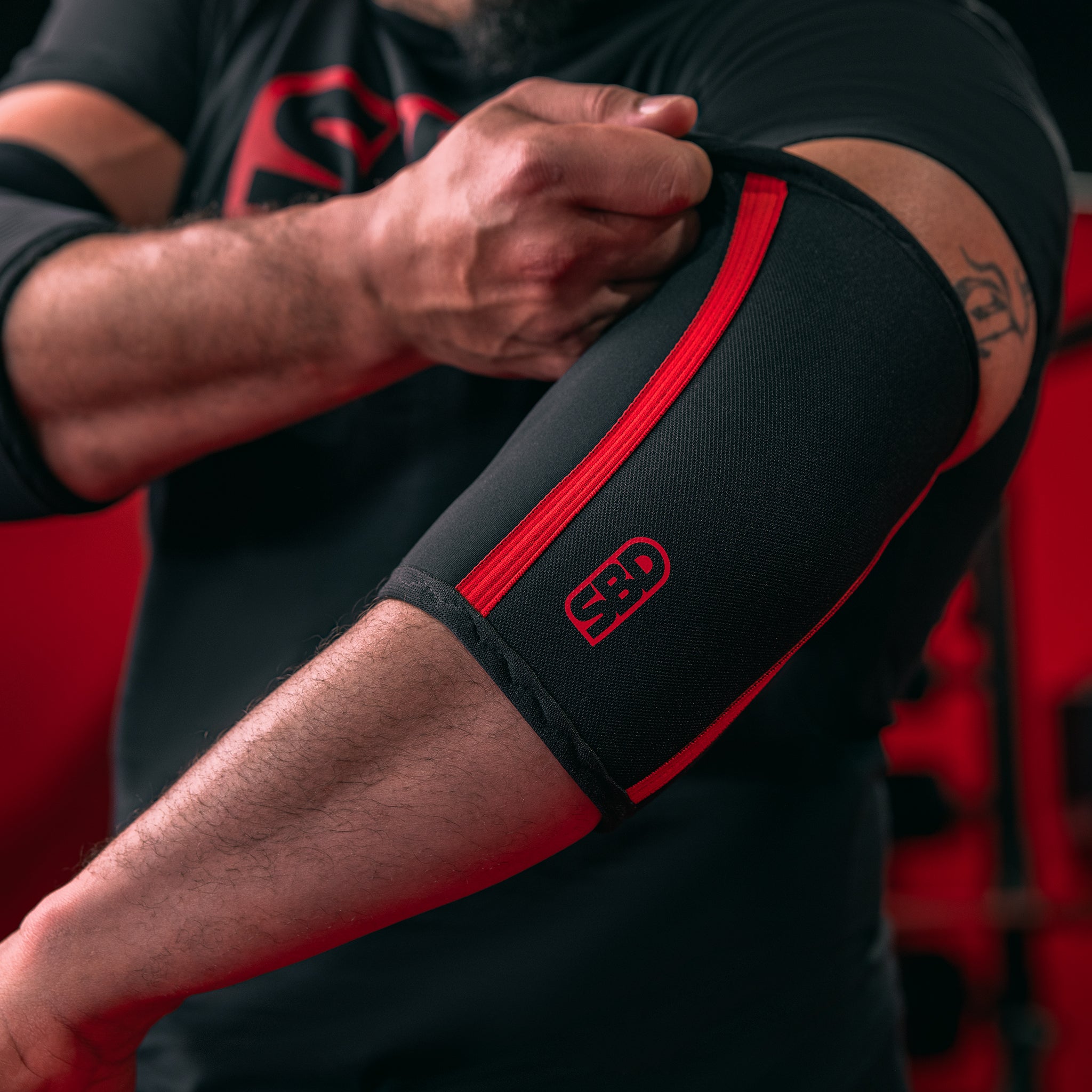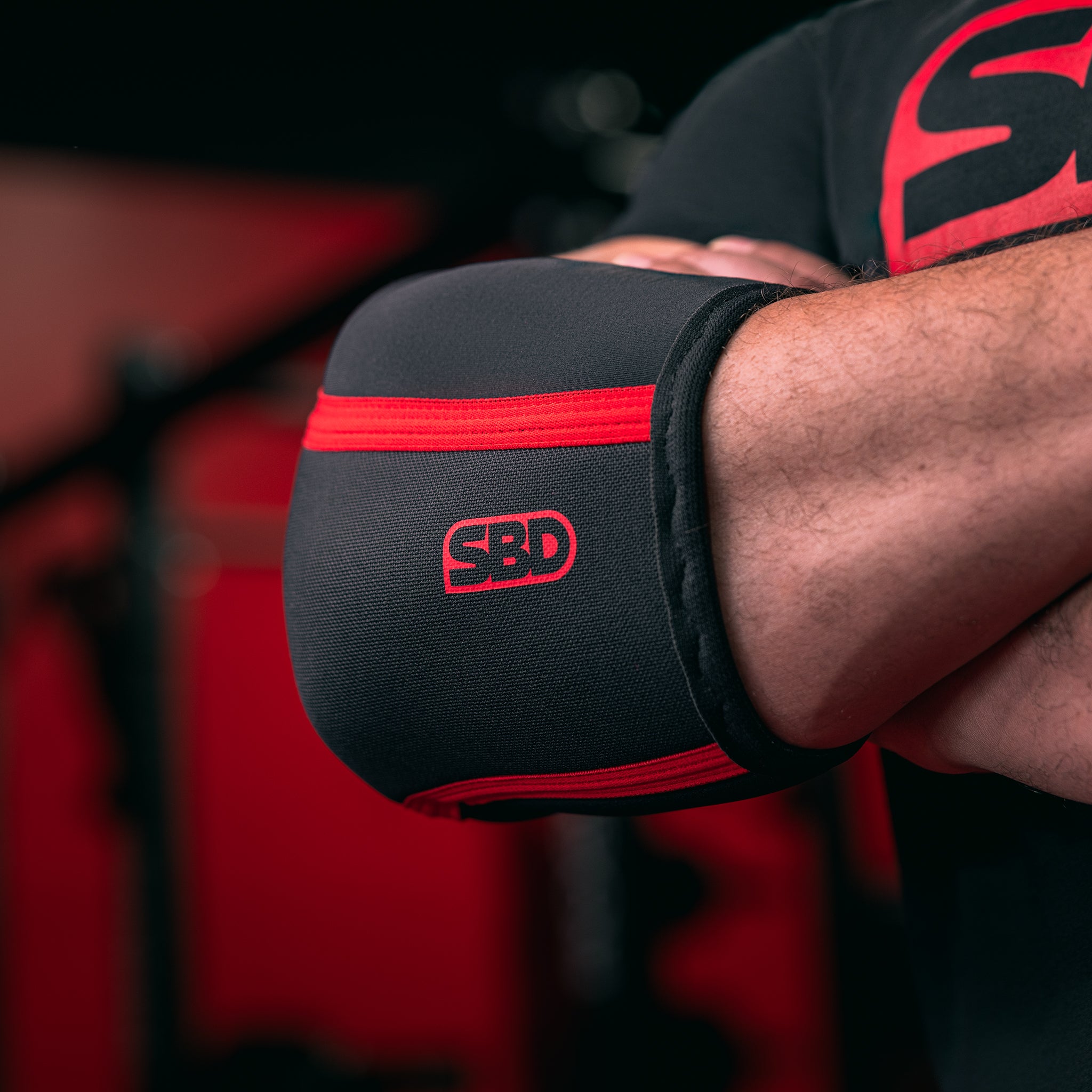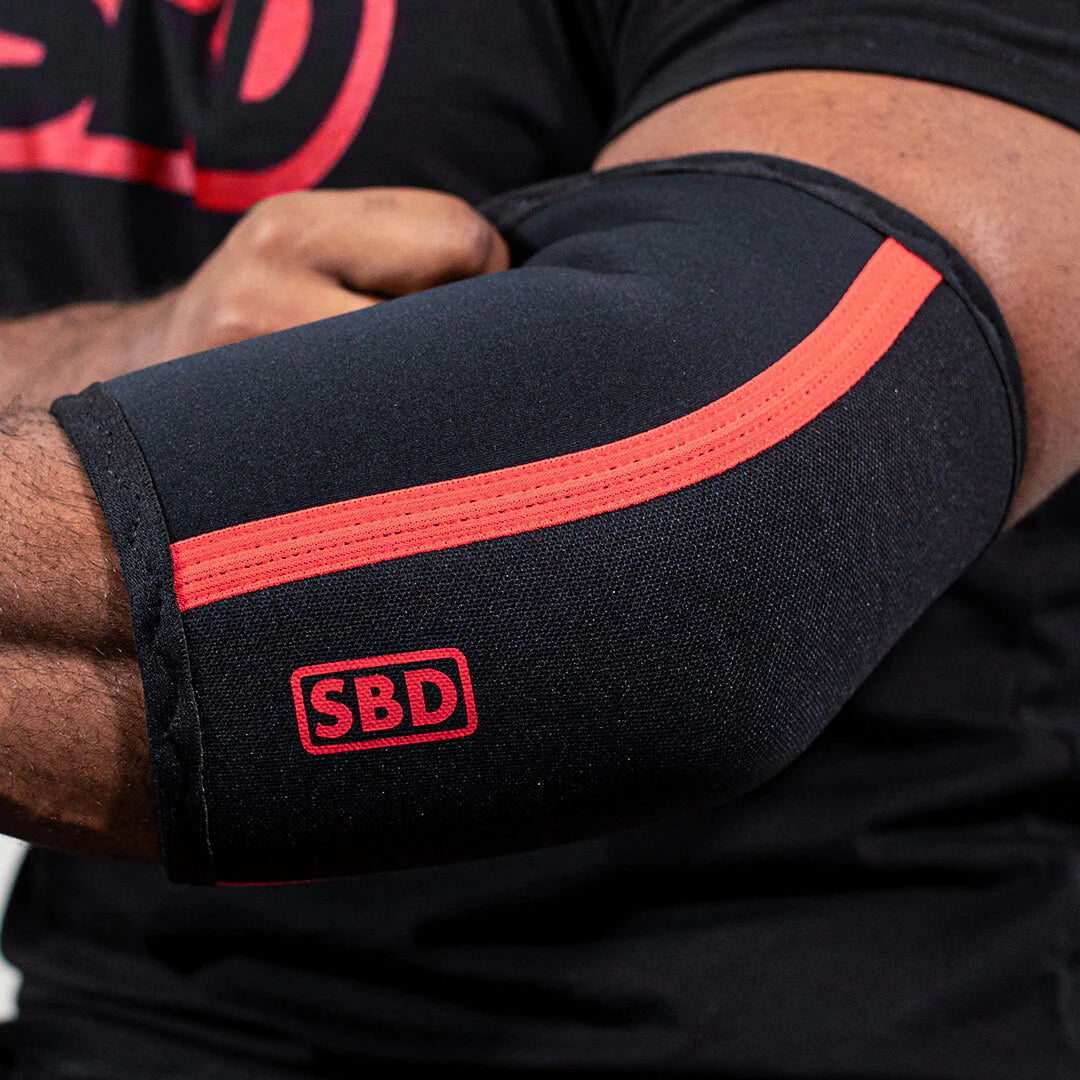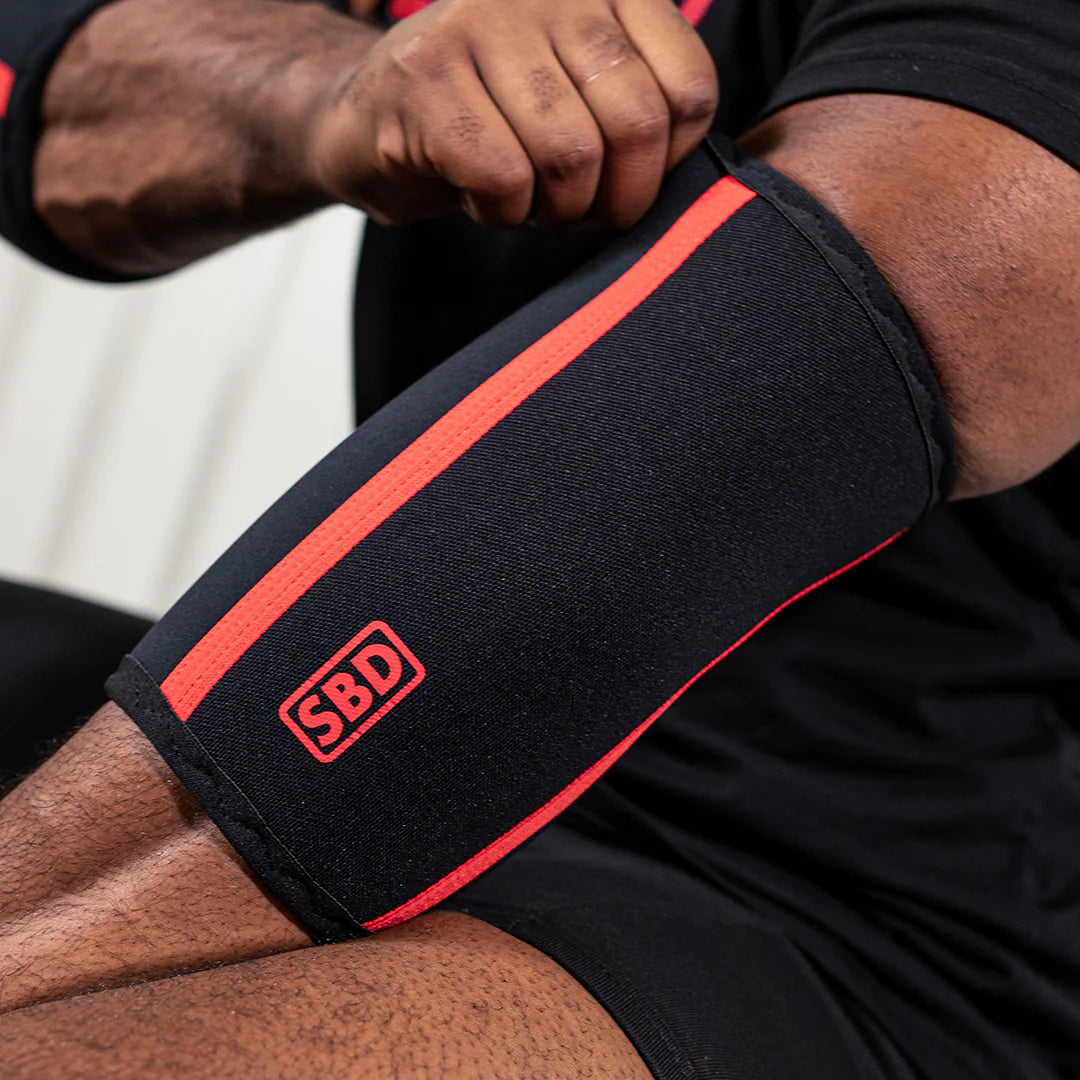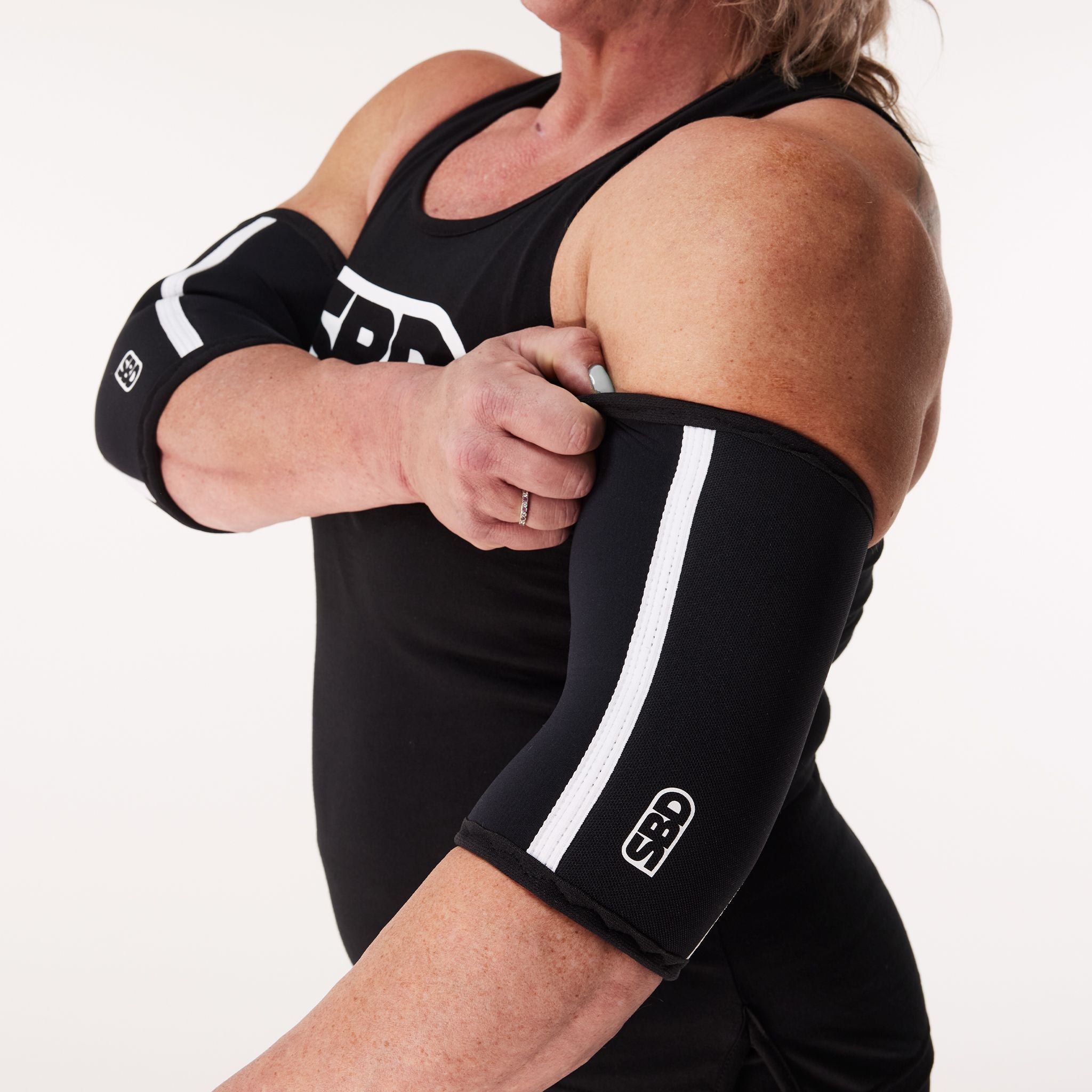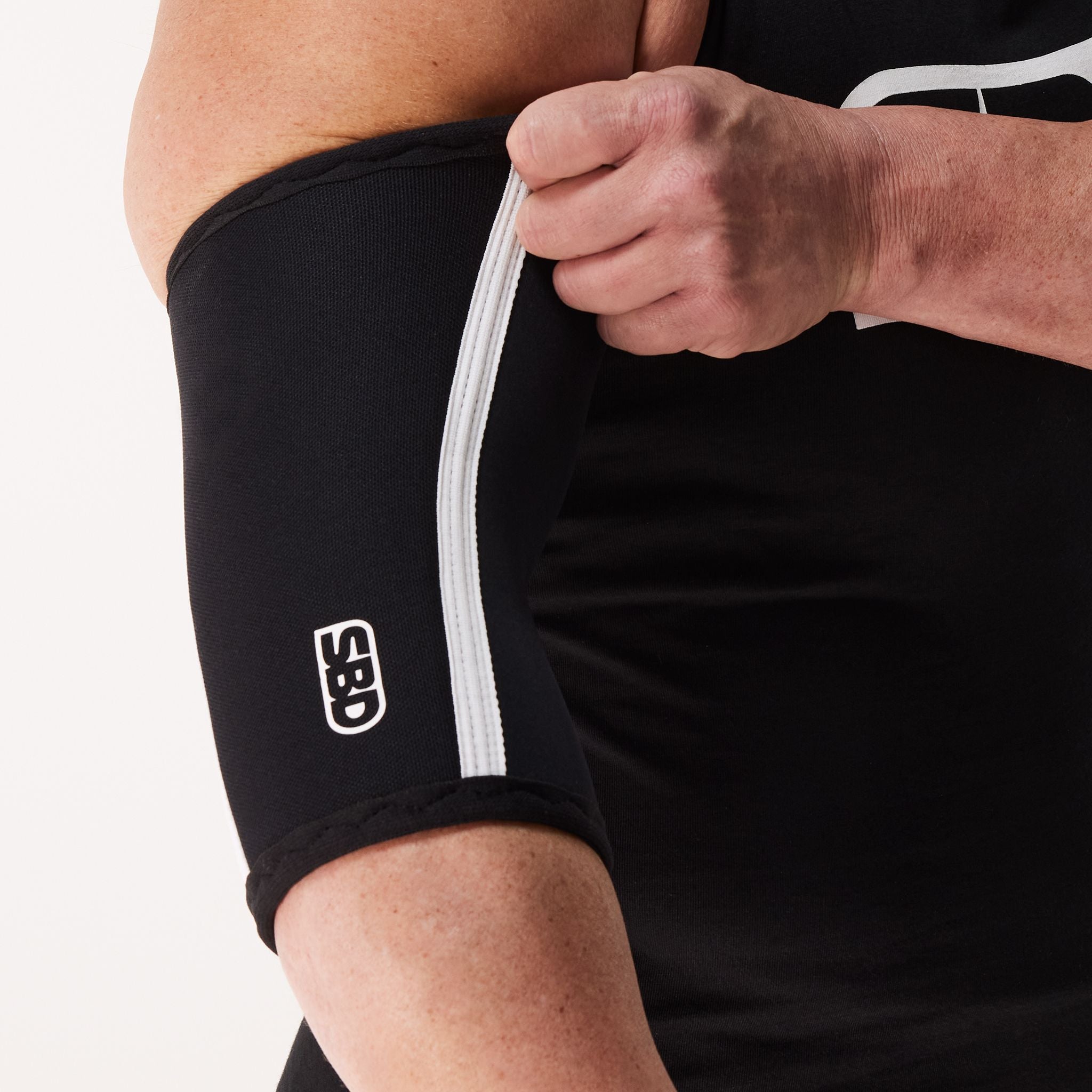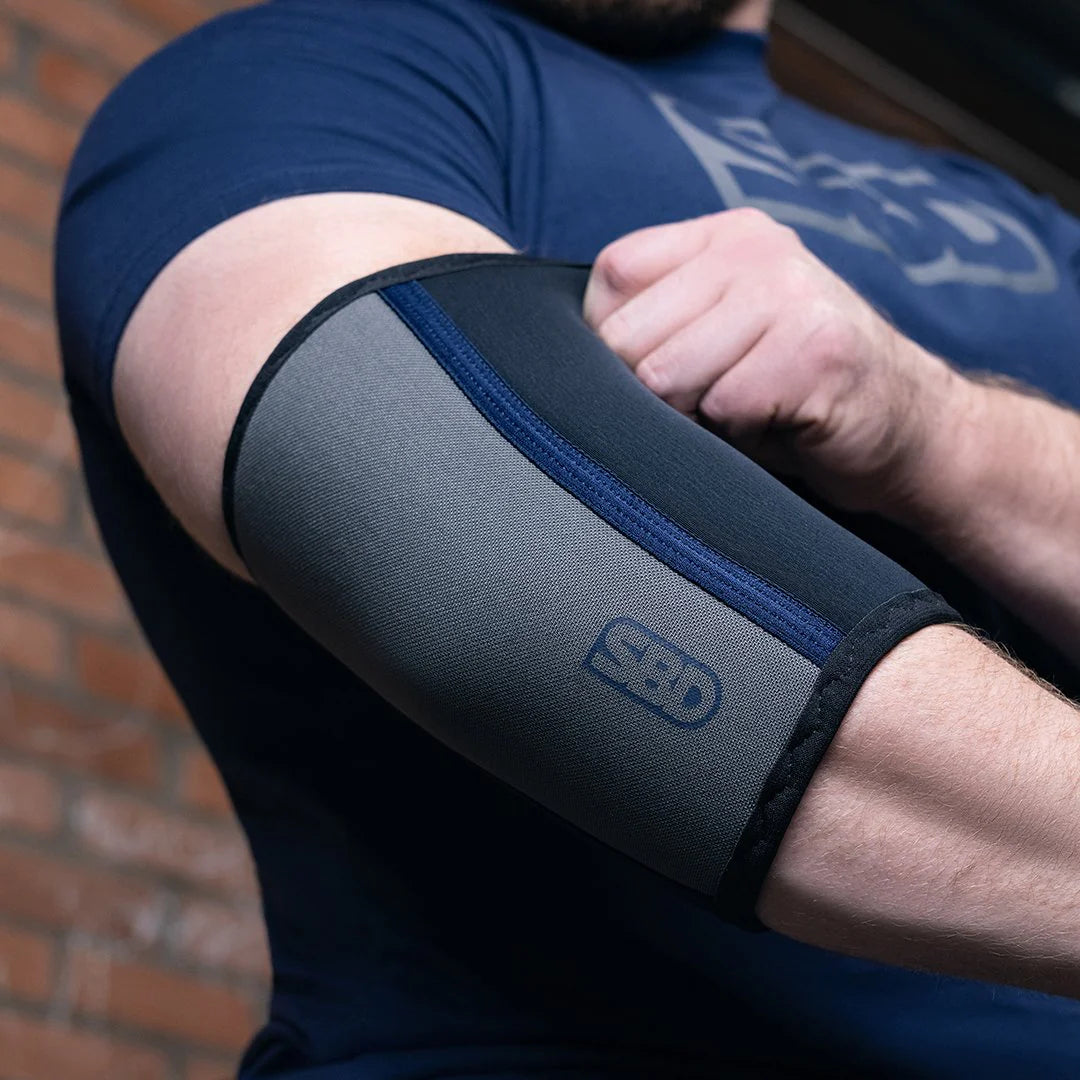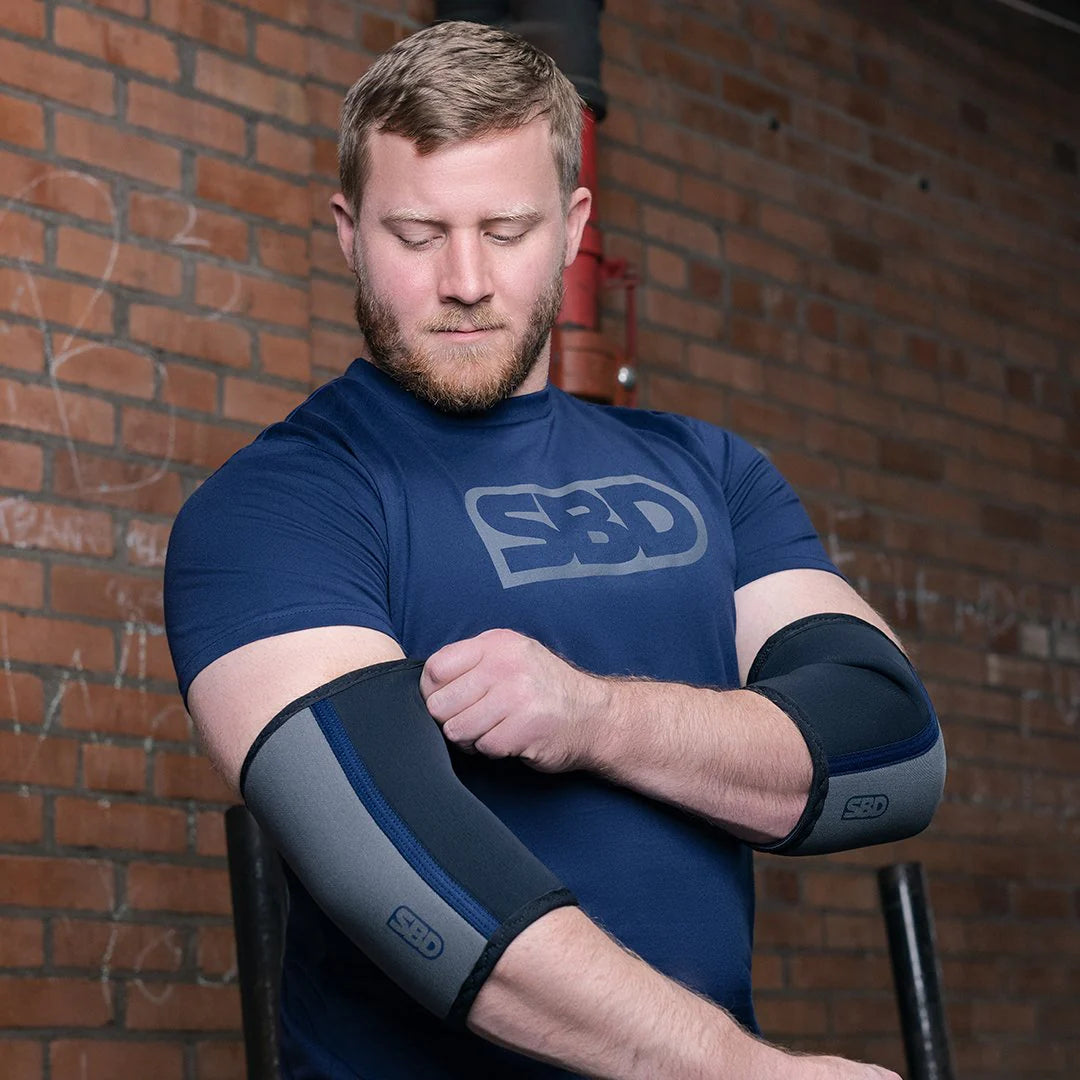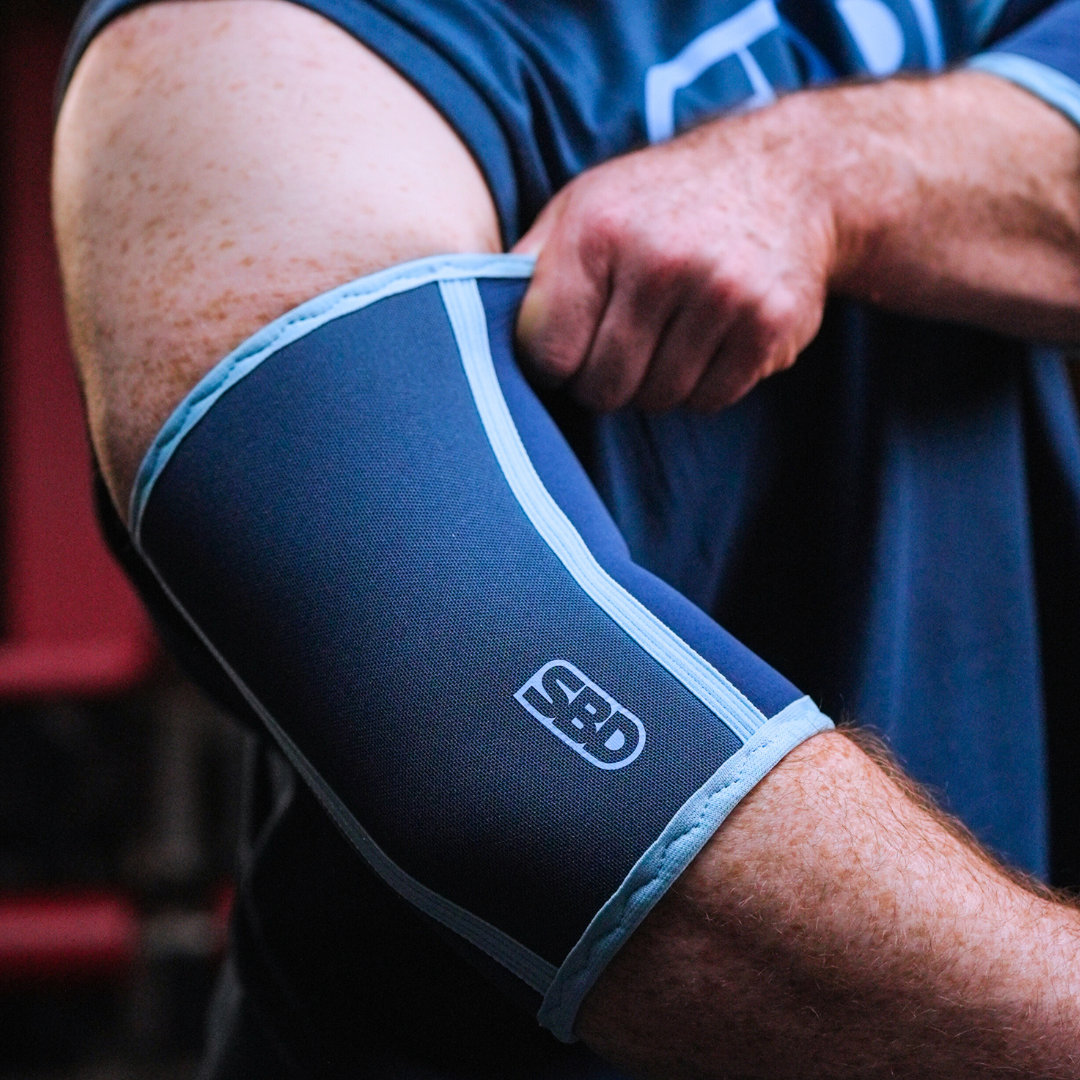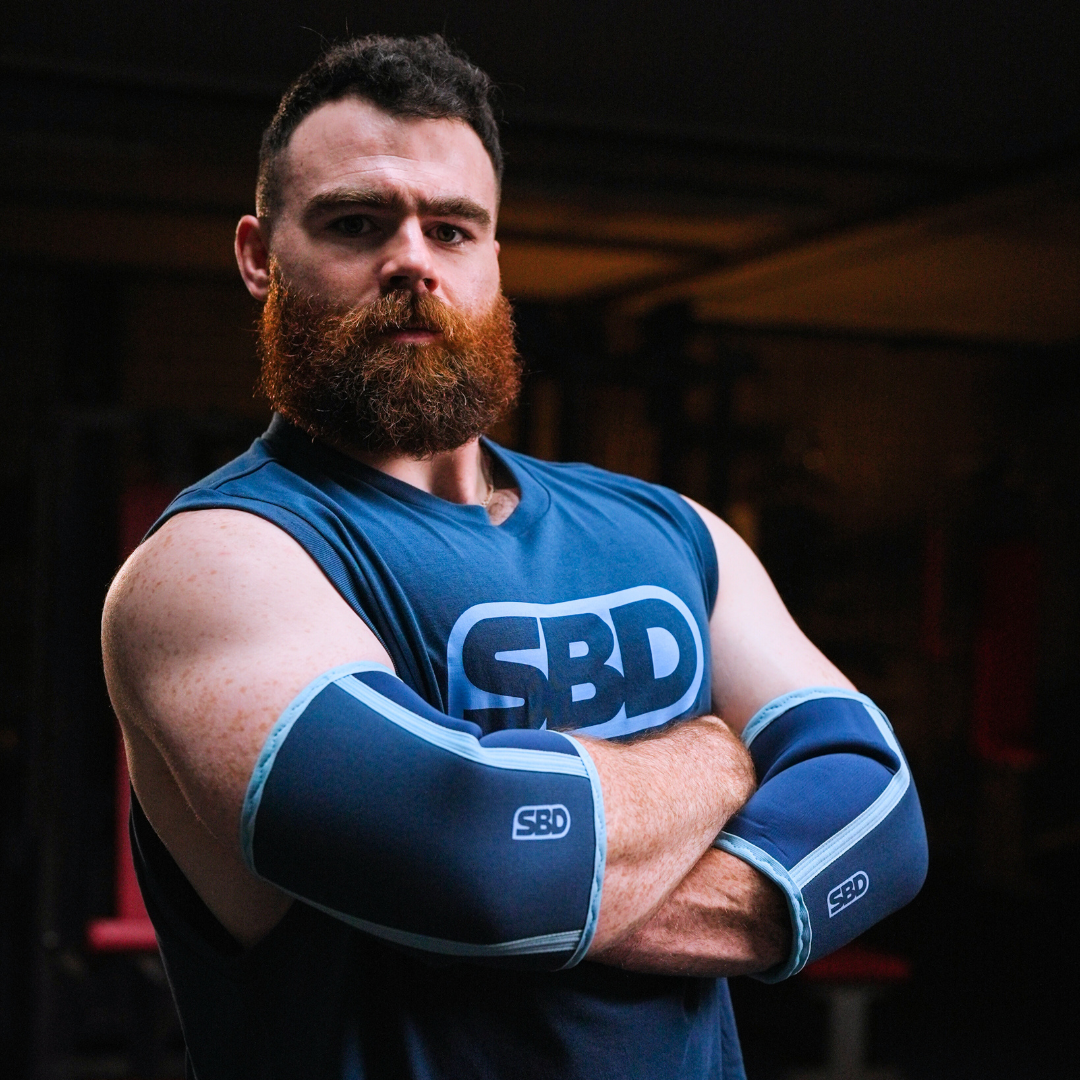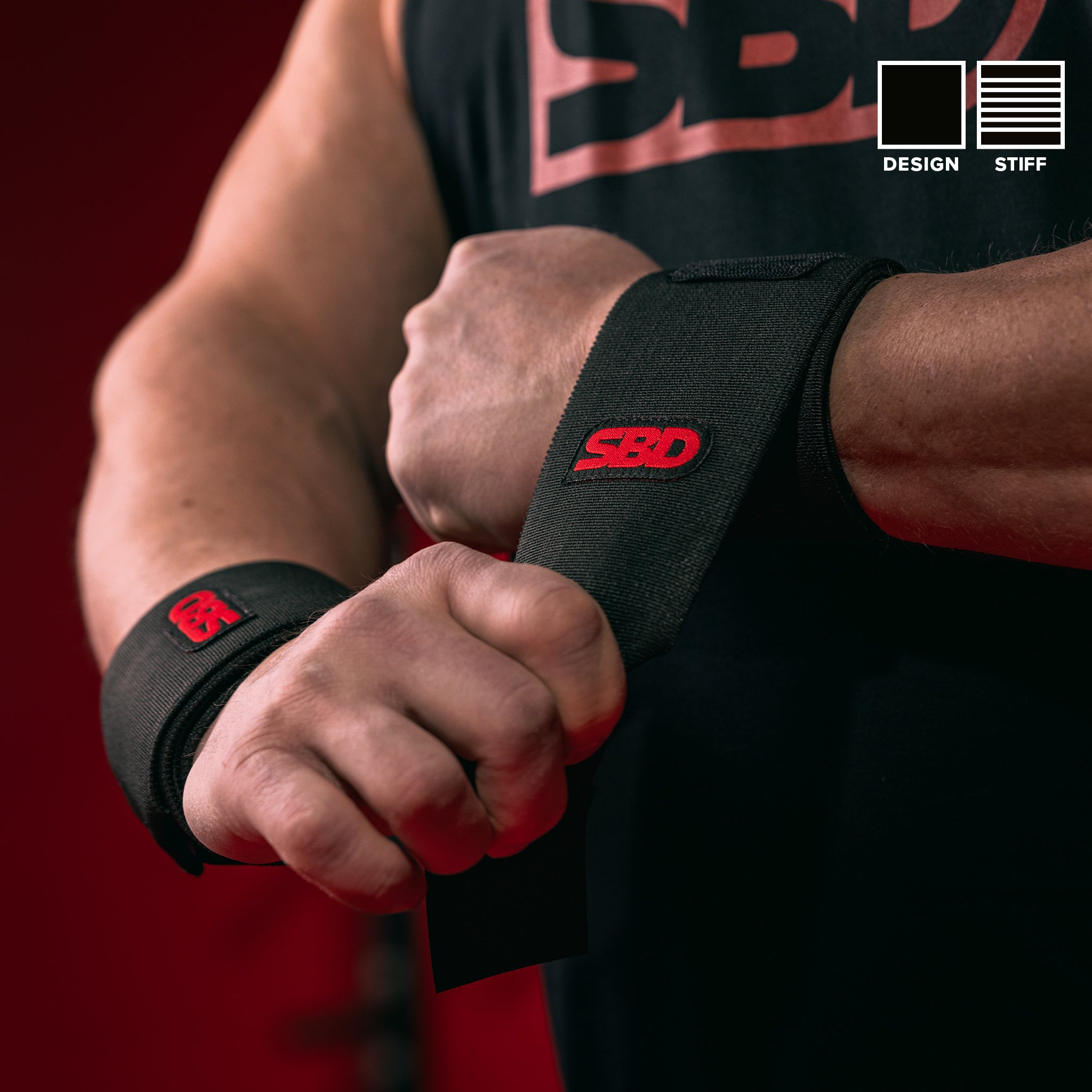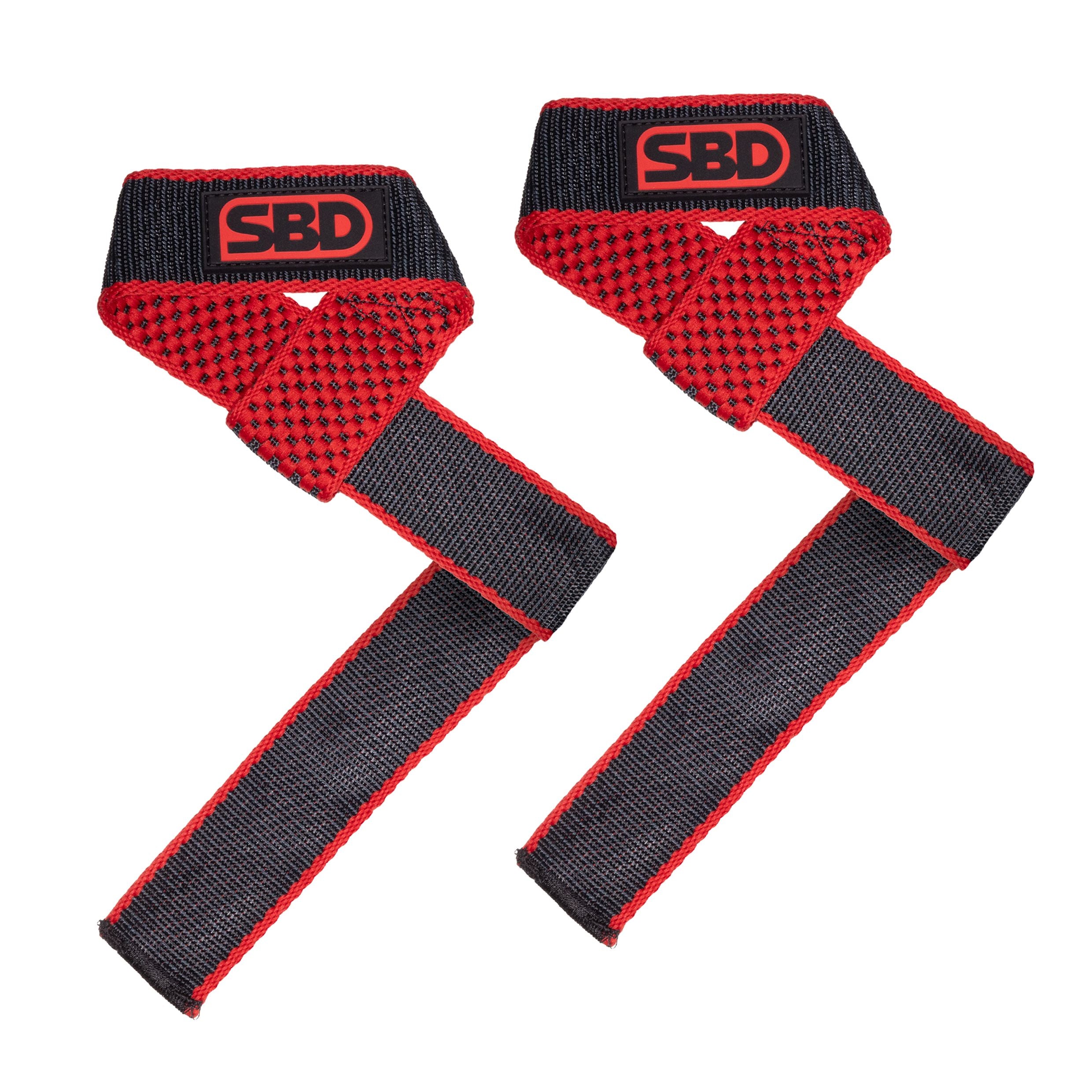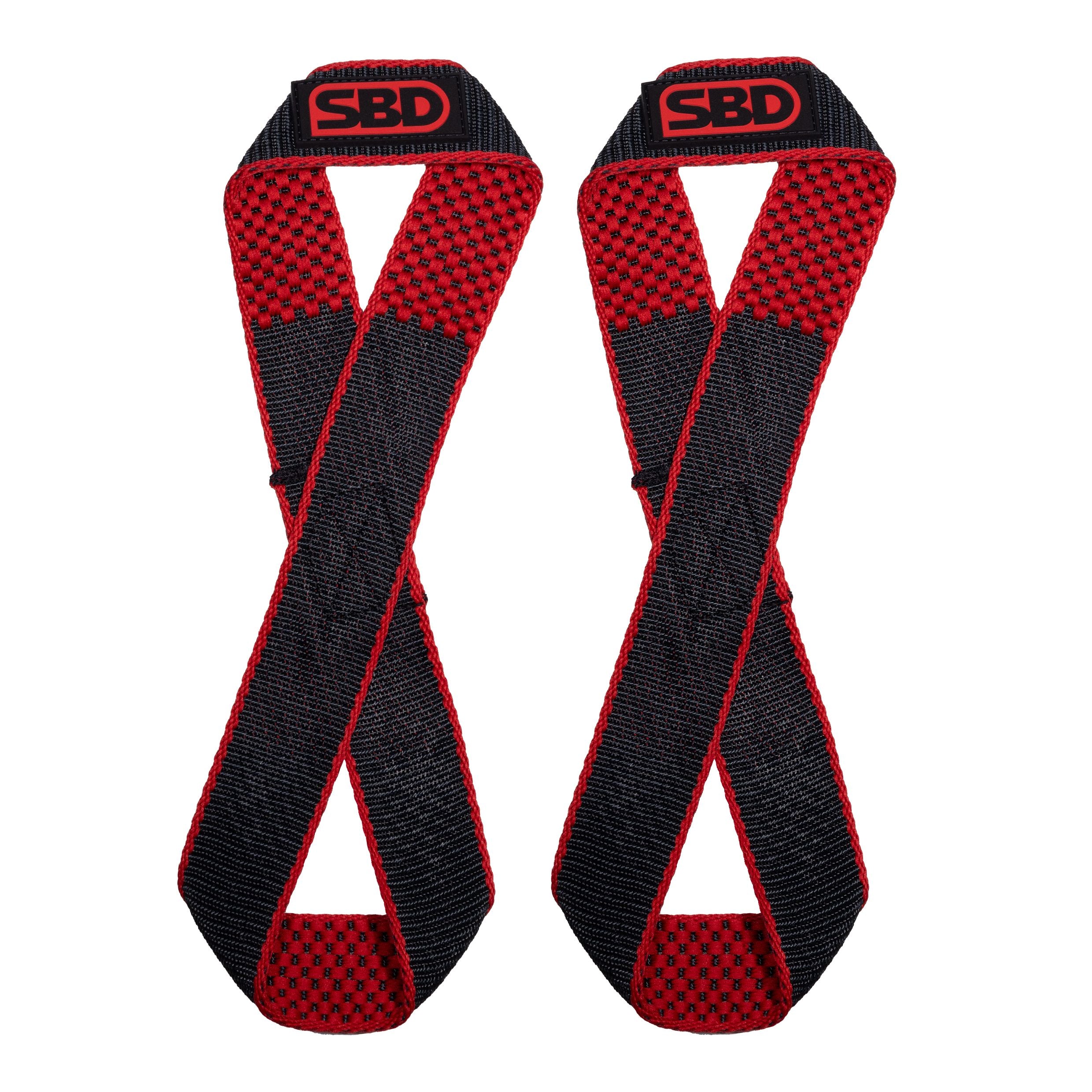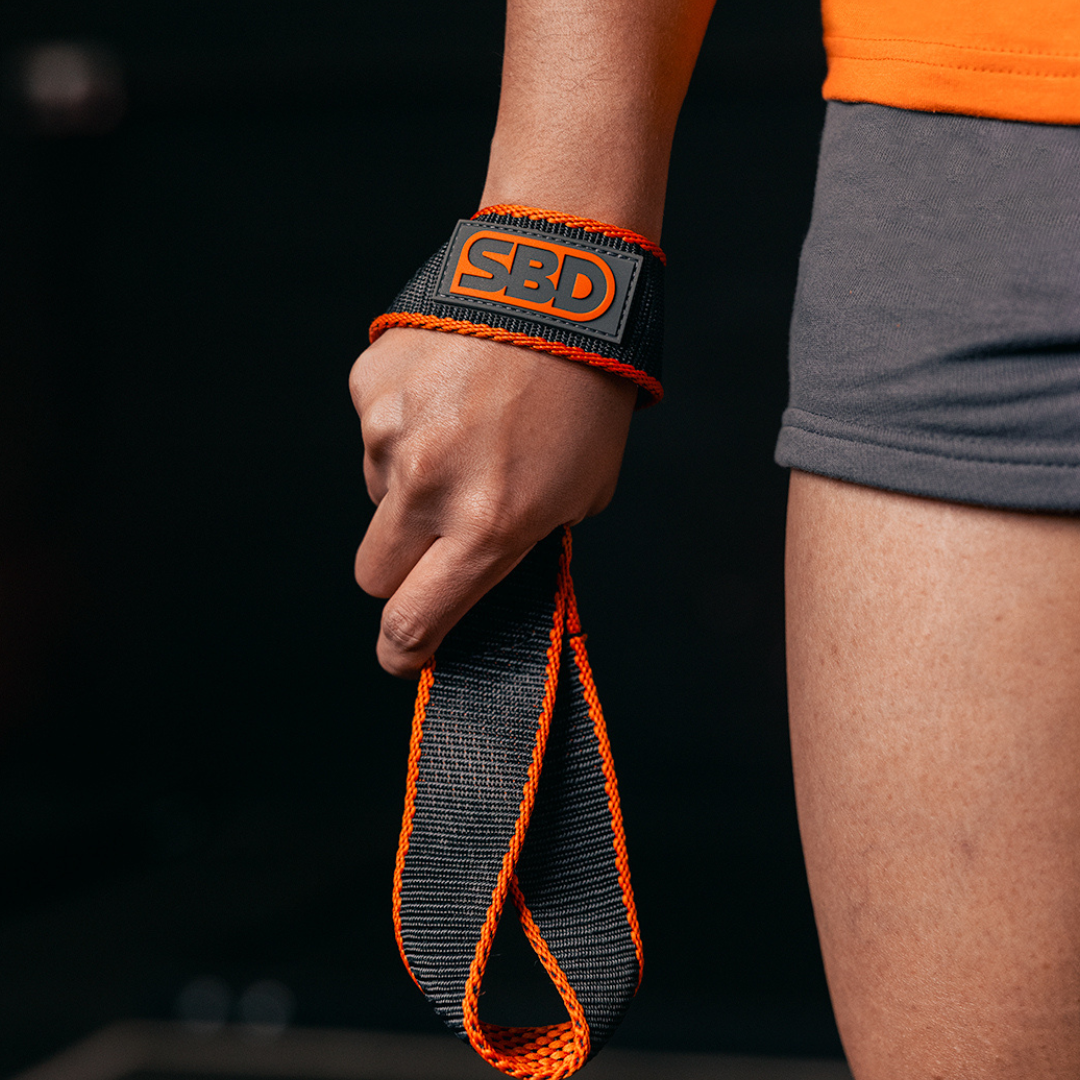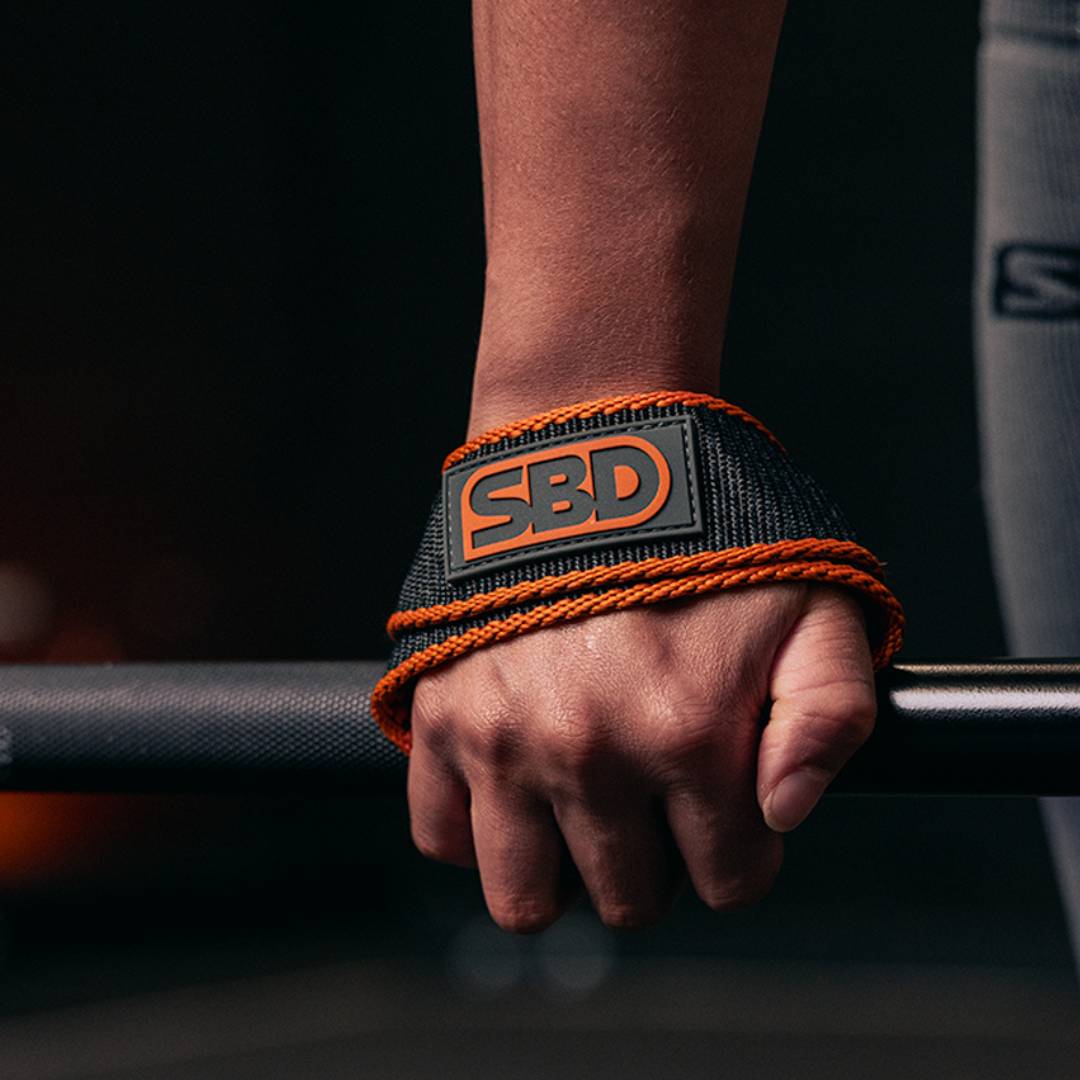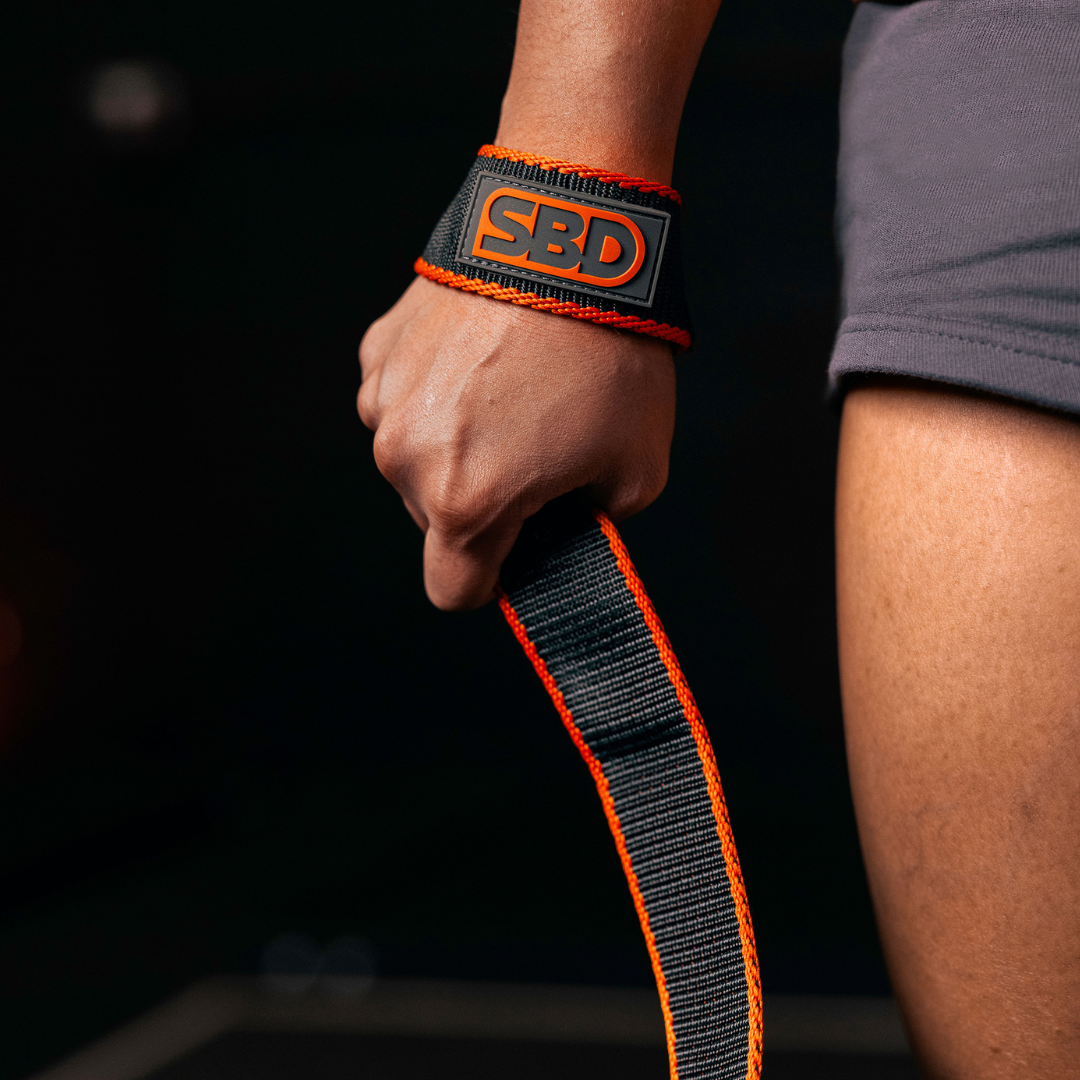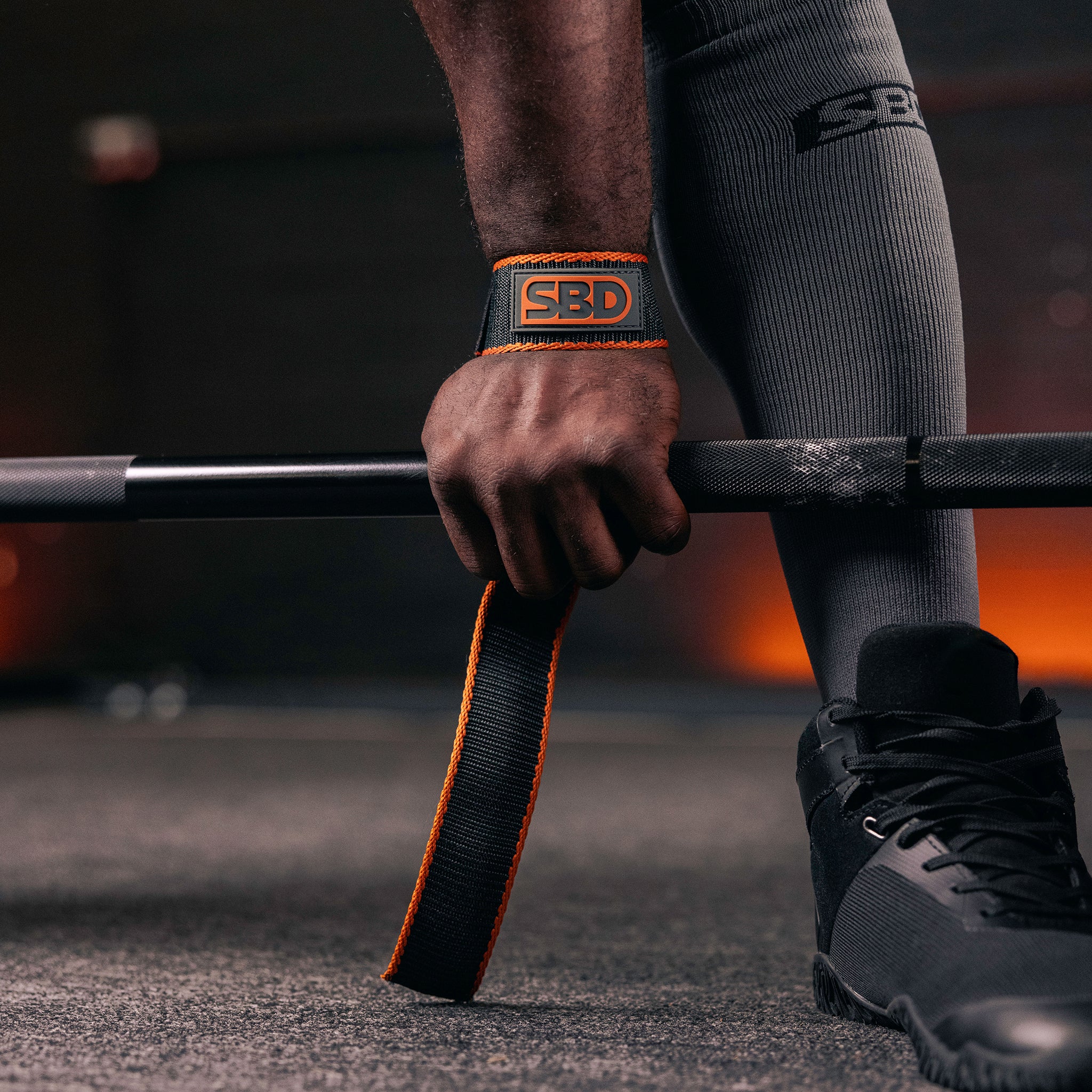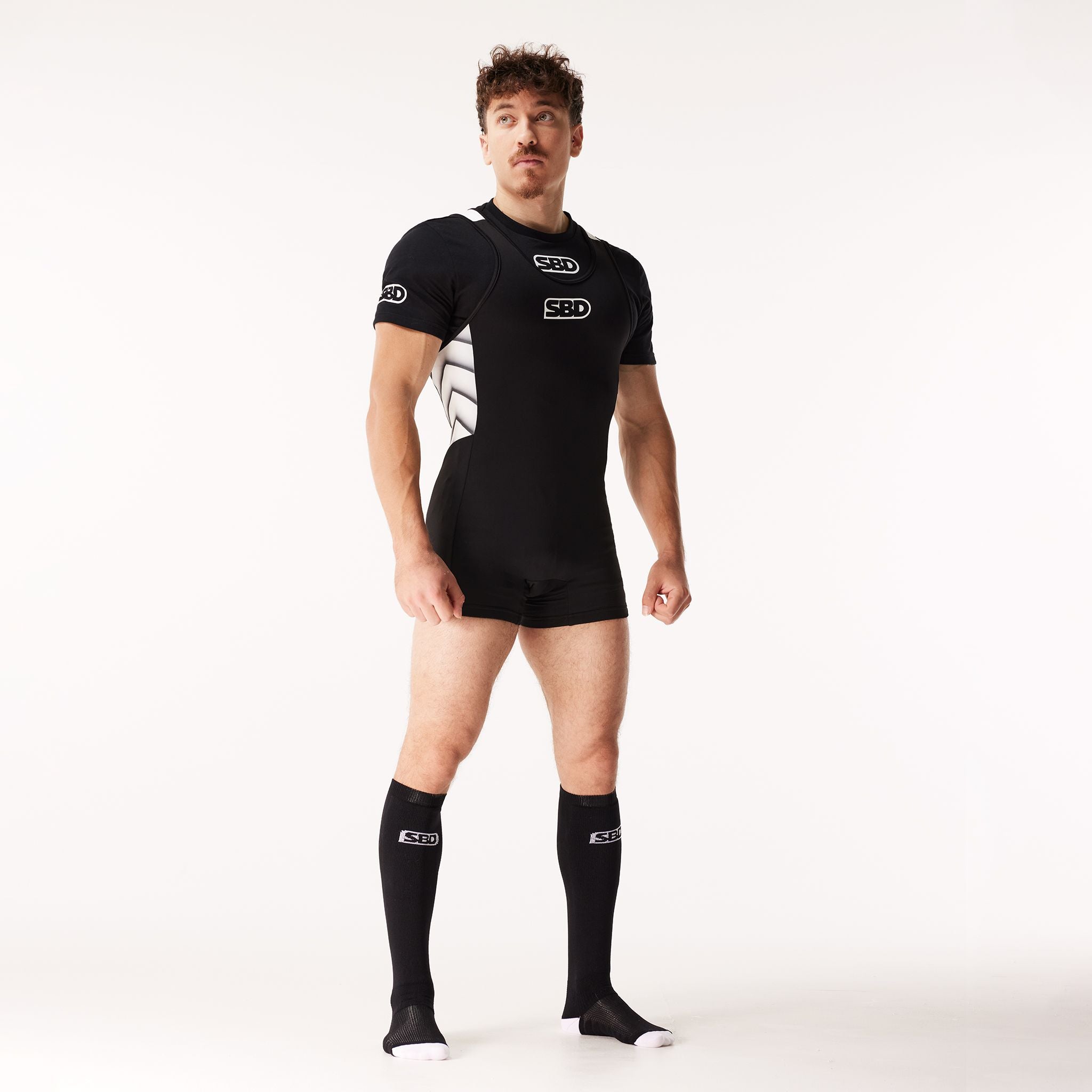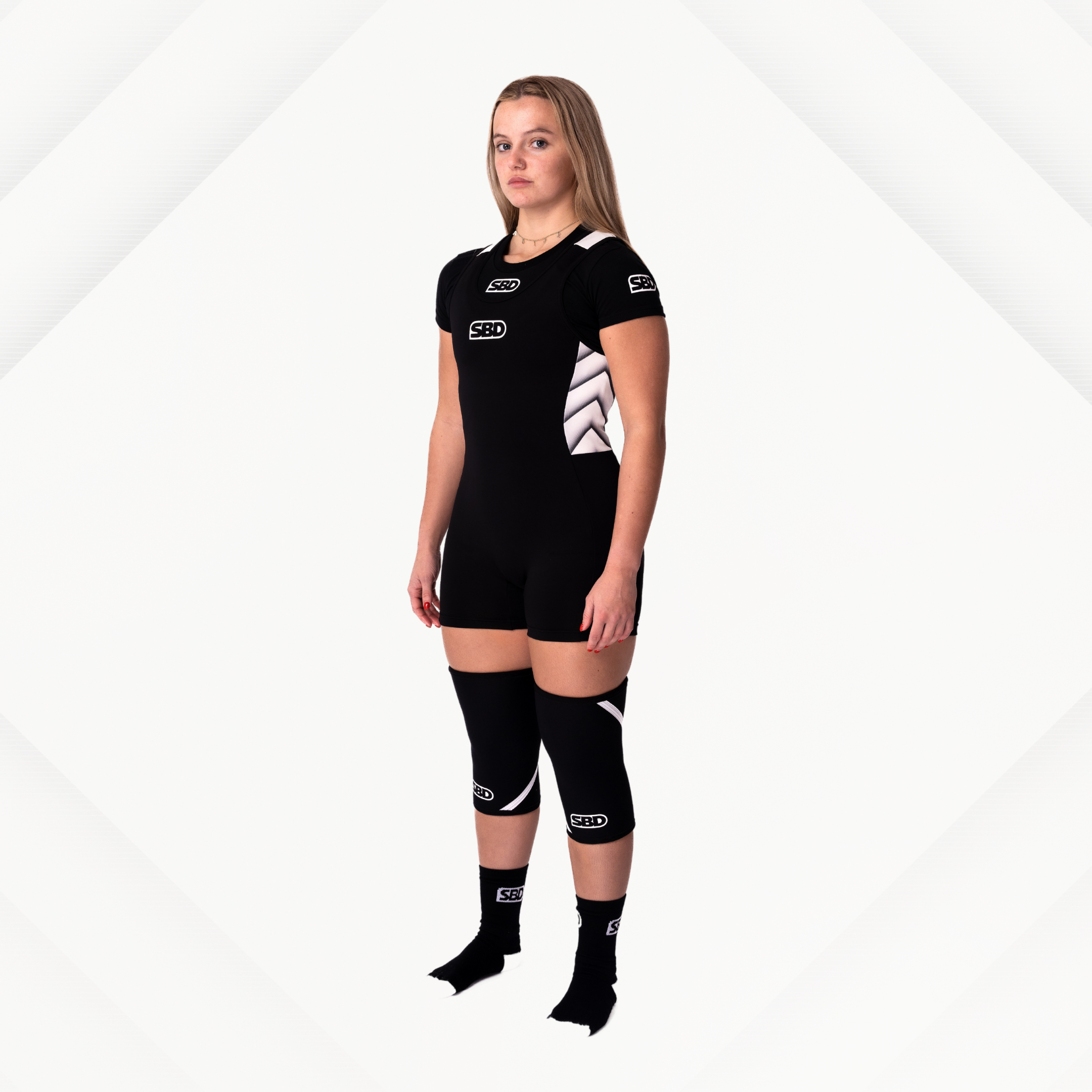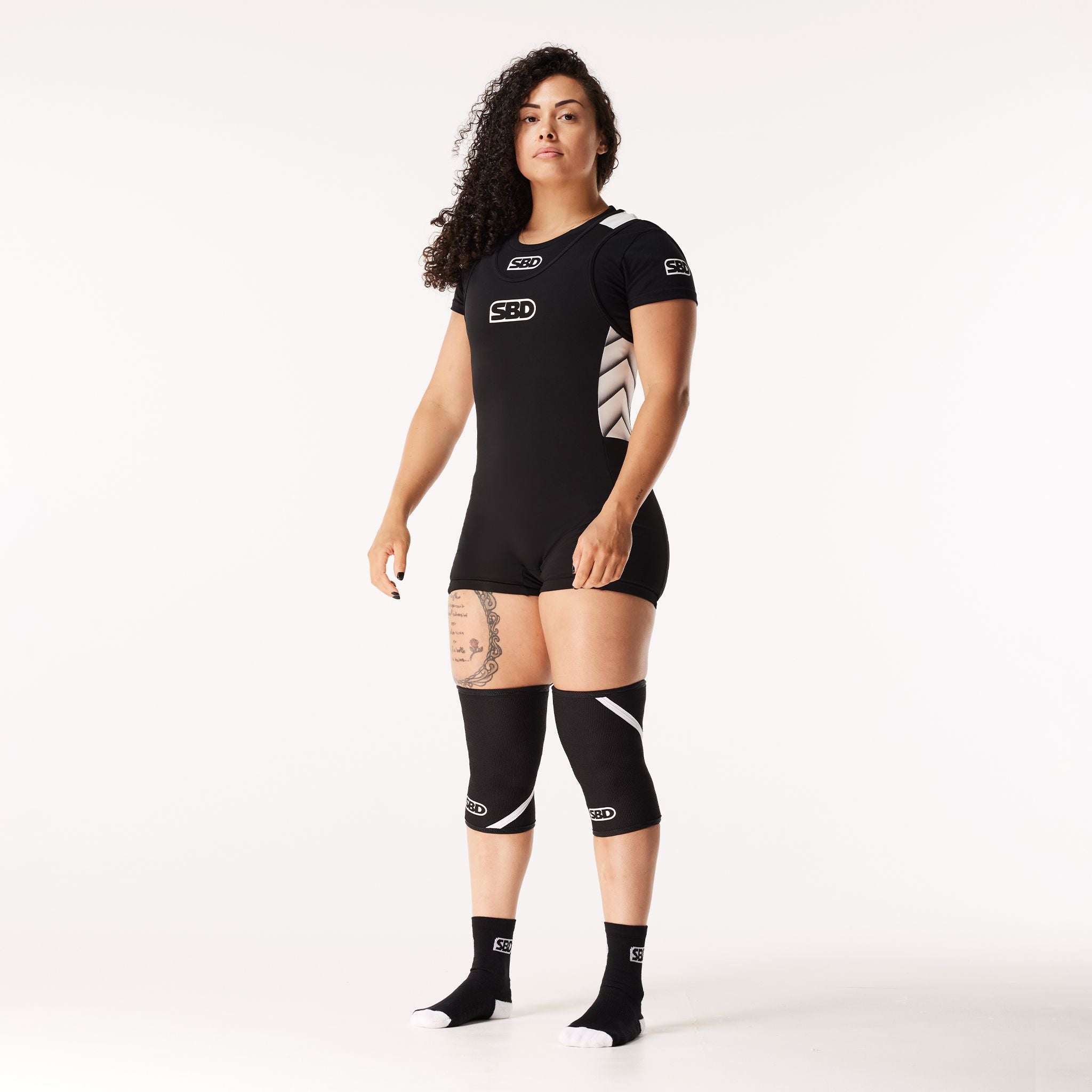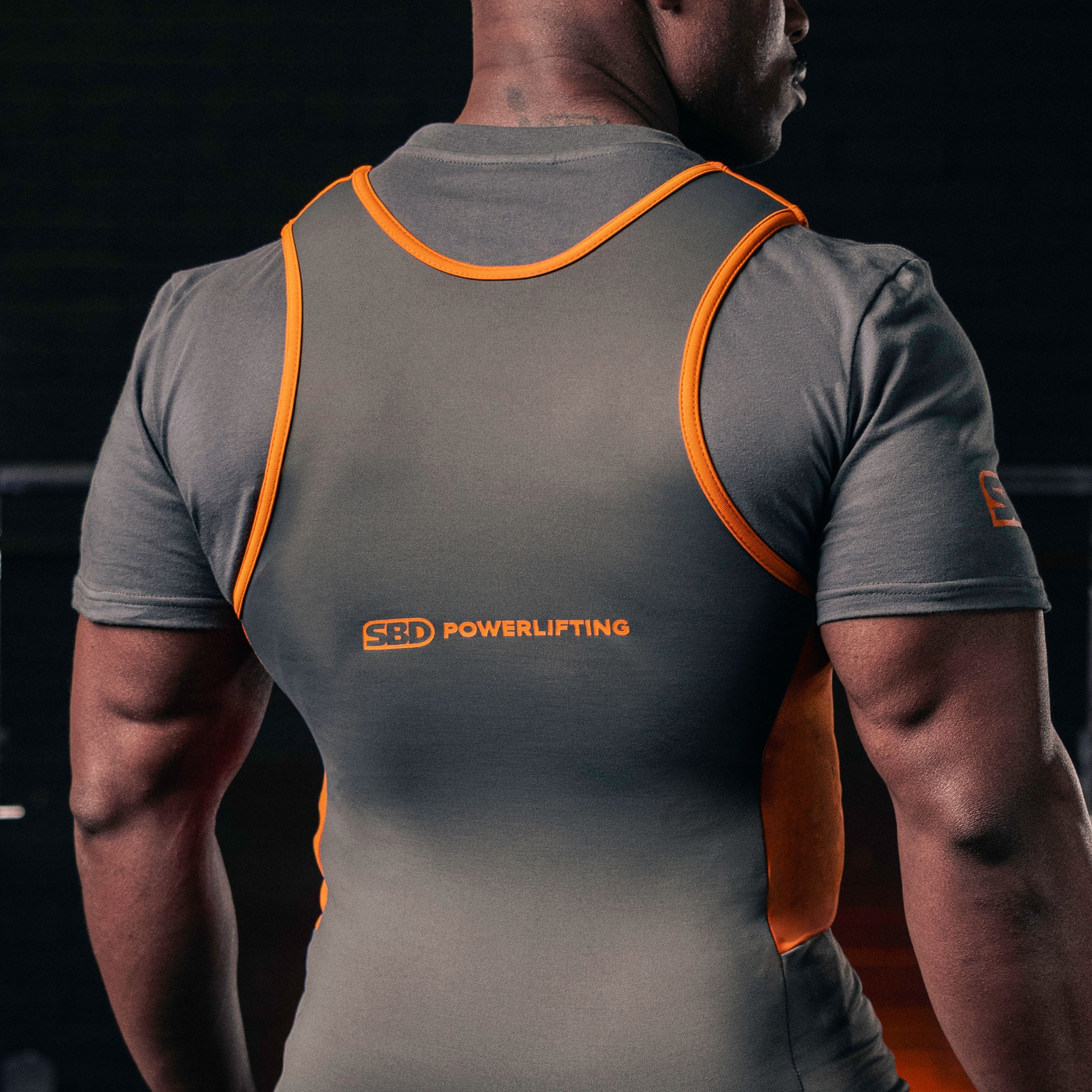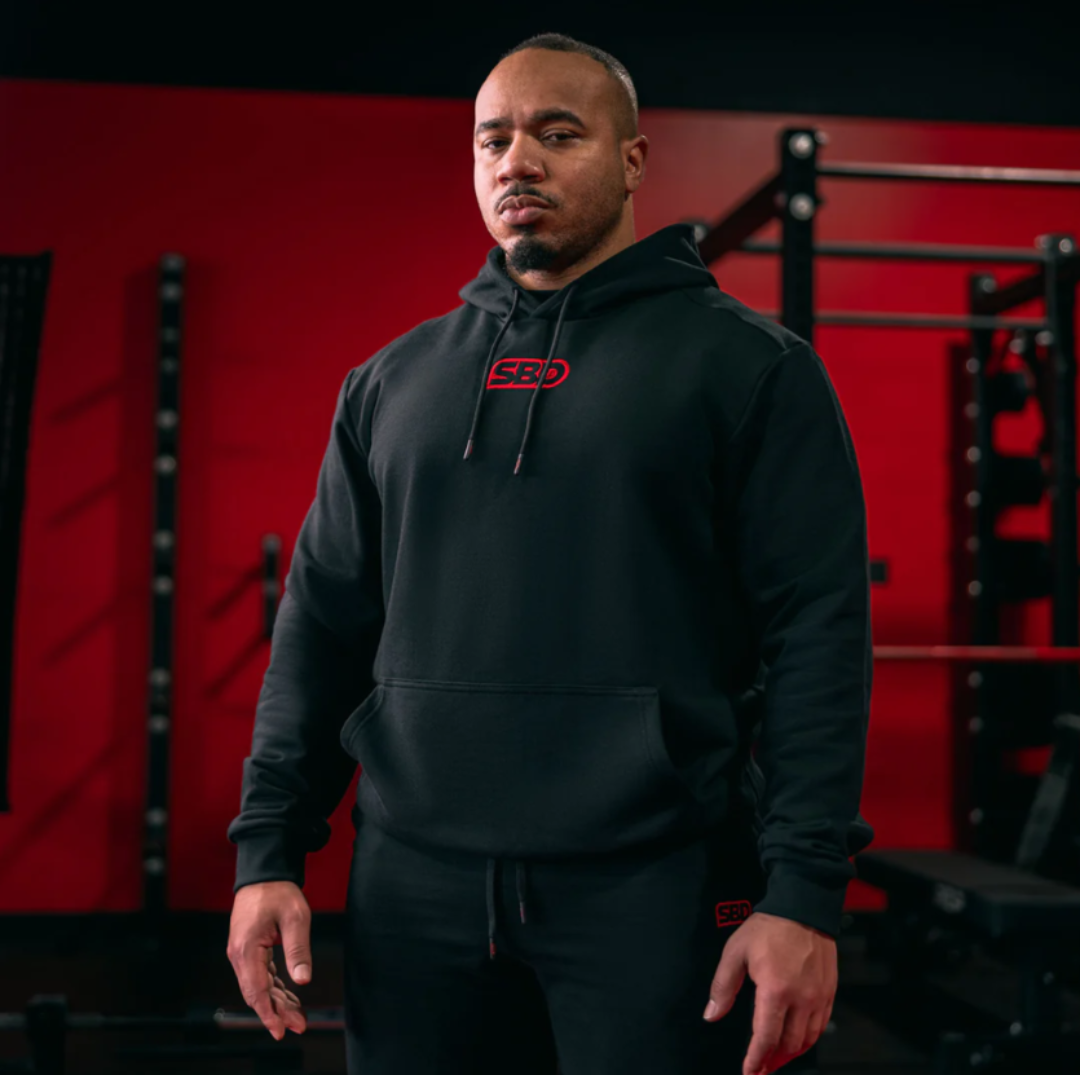Deadlifting is more than just picking up heavy weights; it’s a sophisticated interplay of strength, technique, and—most importantly—mobility. In this article, we’re going to explore the significance of mobility in deadlifting and reveal seven crucial stretching tips that can help you optimise your performance while minimising the risk of injury. Whether you’re a seasoned lifter or new to the gym, understanding and integrating proper stretching into your routine is key.
Right from the start, the concept of mobility in deadlifting is essential. It isn’t just about raw power but also about how fluidly your muscles and joints can move through the full range of motion. You’ll learn how dynamic warm-ups, targeted stretches, and a well-planned mobility routine can work together to boost your deadlifting form and strength. Throughout this article, we’ll share professional insights, real-life examples, and actionable advice that you can incorporate into your training sessions.
By embracing these techniques, you’ll not only improve your performance but also safeguard your body against common injuries. Let’s dive in and discover how the right balance of stretching and strength training can transform your deadlifting routine.
Understanding Deadlifting and Its Demands
Deadlifting is a compound exercise that engages multiple muscle groups. At its core, deadlifting is about lifting a weight from the ground to hip level using coordinated power from your legs, back, and core. This movement is fundamental in many strength training programmes, and its benefits extend beyond the gym—improving posture, boosting overall strength, and even enhancing daily functional movements.
What is Deadlifting?
Deadlifting began as a basic test of physical strength and remains a staple in modern resistance training. The exercise involves a controlled lifting motion where you engage your glutes, hamstrings, and lower back to lift a loaded barbell. When performed correctly, deadlifts not only build muscle mass but also enhance joint stability and functional fitness. However, without the proper technique and mobility, the risk of injury increases significantly. It’s important to note that deadlifting isn’t about brute force alone; it’s about precision, timing, and a full range of motion.
The Critical Role of Mobility in Deadlifting
For any lifter aiming to maximise their potential, mobility in deadlifting is indispensable. Mobility refers to the ability of a joint to move actively through a range of motion. In deadlifting, limited mobility can hinder your ability to assume the correct posture, potentially leading to undue strain on your back and other muscle groups. A restricted range of motion means that you might not be engaging the right muscles, thereby reducing the effectiveness of the lift.
Furthermore, proper mobility allows for smoother transitions during the lift. It facilitates a safer, more efficient movement, ensuring that the load is evenly distributed across your muscles. For example, if your hip joints are stiff, you’ll likely compensate by overusing your lower back. This imbalance can lead to injuries that not only sideline you from training but also impact your overall health.
Incorporating stretching routines that focus on mobility can therefore transform your deadlifting performance. From dynamic warm-ups that prepare your muscles to static stretches that improve flexibility post-workout, every element plays a vital role. In the next sections, we’ll delve deeper into the science behind mobility and outline specific stretching techniques that can help you achieve a more fluid, powerful deadlift.
Understanding these fundamental demands is the first step toward achieving excellence in deadlifting. With the right mobility, your body will not only perform better under heavy loads but will also recover faster, allowing for consistent progress over time. The combination of strength and flexibility is what separates a good lifter from a great one. By addressing the limitations in your range of motion and focusing on targeted stretching, you set yourself up for long-term success in both performance and injury prevention.
The Science Behind Mobility and Stretching
The intricate balance between muscle strength and flexibility is at the heart of any effective training regimen, particularly when it comes to deadlifting. When we talk about mobility in deadlifting, it’s essential to understand the underlying science that connects muscle flexibility with optimal performance. Here, we explore how stretching influences muscle fibres, tendons, and the overall kinetic chain.
Muscle Flexibility and Strength
Muscles are not static; they are dynamic tissues that respond to both stress and recovery. Flexibility is the measure of how much a muscle can stretch without injury, and it directly impacts how much force a muscle can produce during contraction. When your muscles are flexible, they can elongate properly, leading to a more effective contraction when you initiate a lift. This elasticity not only supports peak performance but also helps distribute loads evenly across muscle groups.
During stretching exercises, muscle fibres undergo a process of elongation, which can reduce the stiffness that often results from heavy lifting. This reduction in stiffness is critical for deadlifters because it allows for a smoother transition from the ground to the lift. Additionally, flexible muscles tend to recover faster from exertion, meaning you can train more consistently without the lingering soreness or risk of strains that come from overly tight muscles.
The Role of Connective Tissue
Beyond the muscles themselves, the connective tissues—tendons, ligaments, and fascia—play a pivotal role in mobility. These tissues connect muscles to bones and help maintain joint integrity. Unlike muscles, connective tissues have limited blood flow, meaning they require a bit more attention when it comes to stretching. A well-designed stretching routine not only targets the muscles but also gently stresses these connective tissues, encouraging them to become more pliable over time.
Enhanced flexibility in the connective tissues ensures that the force generated by your muscles is transmitted efficiently to your skeleton during a deadlift. When these tissues are inflexible, they can act as a bottleneck, preventing the full range of motion and causing compensatory movements that increase the risk of injury. Research has shown that regular stretching can improve the elasticity of these tissues, thereby enhancing overall mobility and performance. This is why integrating stretching into your warm-up and cool-down routines is so critical.
Furthermore, stretching has been linked to improved circulation, which benefits both the muscles and connective tissues. Increased blood flow means more oxygen and nutrients are delivered to the working tissues, accelerating recovery and reducing the likelihood of injury. As a result, lifters who consistently prioritise mobility training often find that they can push their limits safely and effectively.
It’s also worth noting that the nervous system plays a role in how our muscles respond to stretching. Through a process known as autogenic inhibition, prolonged stretching can cause the muscles to relax, allowing for a deeper stretch. This mechanism is particularly useful for deadlifters looking to overcome tight muscle groups that might otherwise hinder their performance.
In summary, the science behind mobility and stretching reveals that flexibility is not merely about being limber—it’s about optimising the intricate relationship between muscles, connective tissues, and neural feedback. By understanding this relationship, you can appreciate why mobility in deadlifting is a cornerstone of both performance enhancement and injury prevention. In the following section, we’ll translate this scientific insight into practical advice by detailing the top seven stretching tips designed specifically for deadlifters.
Top 7 Crucial Stretching Tips for Deadlifters
When it comes to achieving peak performance in deadlifting, incorporating targeted stretching techniques is non-negotiable. The following seven stretching tips have been carefully curated to enhance your range of motion, increase strength, and prevent injuries. Each tip has been developed with the specific demands of deadlifting in mind, ensuring that your muscles and joints are fully prepared for the task at hand.
Tip 1: Dynamic Warm-Ups
Dynamic warm-ups are the foundation of any effective mobility routine. Unlike static stretches, dynamic warm-ups involve moving your muscles through their full range of motion. This type of warm-up not only increases your heart rate but also stimulates blood flow to your muscles, preparing them for the heavy work ahead. Start with leg swings, arm circles, and gentle torso twists. These movements help lubricate the joints and reduce the risk of strains during your deadlift.
Tip 2: Hamstring Stretching
Hamstrings are critical in deadlifting, and tight hamstrings can severely limit your range of motion. Incorporate stretches such as the standing hamstring stretch or seated forward bend into your routine. By gently elongating the hamstrings, you allow for a deeper, more effective deadlift. Remember, consistency is key—regular hamstring stretching can lead to noticeable improvements in both flexibility and performance.
Tip 3: Hip Mobility Drills
The hips play a central role in transferring power from your lower body to the upper body during a deadlift. Incorporate mobility drills such as hip circles, lunges with a twist, and the pigeon pose. These exercises are excellent for releasing tension in the hip flexors and increasing overall hip flexibility. A well-mobilised hip joint ensures that you can maintain proper form throughout the lift, reducing undue stress on the lower back.
Tip 4: Lower Back Flexibility
A flexible lower back is crucial for a smooth deadlift. Stretching exercises like the cat-cow stretch, seated spinal twists, and child’s pose can help relieve tension and improve mobility in the lumbar region. By focusing on lower back flexibility, you ensure that your spine moves safely and efficiently under load, which is vital for preventing injuries and enhancing overall performance.
Tip 5: Shoulder and Upper Back Stretches
Although deadlifting primarily involves the lower body, the shoulders and upper back also contribute significantly to maintaining a stable posture. Incorporate stretches such as the doorway stretch, shoulder rolls, and the cross-body arm stretch. These exercises help relieve tightness in the upper body, which can otherwise lead to compensatory movements and potential injury during heavy lifts.
Tip 6: Core Activation and Stability
A strong core is the linchpin of a successful deadlift. Incorporate core activation exercises like planks, bird-dogs, and gentle rotational stretches to prepare your midsection for the load. Not only do these exercises improve stability, but they also ensure that your core remains engaged throughout the lift, protecting your spine and contributing to overall strength.
Tip 7: Post-Workout Recovery Stretching
After a strenuous deadlifting session, it’s essential to cool down with recovery stretches. Gentle static stretches held for 20–30 seconds, such as the seated forward fold or lying knee-to-chest stretch, can help reduce muscle soreness and promote recovery. Recovery stretching is an often-overlooked component of a complete mobility routine but is just as important as the warm-up. It aids in flushing out lactic acid and helps your muscles return to their resting state, ready for your next workout.
In addition to these seven tips, it’s beneficial to incorporate mobility-enhancing exercises throughout your training week. By dedicating specific sessions to stretching and flexibility, you create a solid foundation for progressive strength gains. Remember, the goal is not just to become stronger but also to move better. A well-rounded approach to stretching and mobility will pay dividends in your deadlifting performance, making every lift smoother, safer, and more effective.
Developing a Comprehensive Mobility Routine
Creating a structured mobility routine is essential for anyone serious about deadlifting. A well-planned routine doesn’t just improve your flexibility—it ensures you train safely and effectively over the long term. Here, we outline a step-by-step guide to developing a comprehensive mobility plan that complements your deadlifting regimen.
Creating a Weekly Mobility Plan
The first step in developing your mobility routine is to assess your current flexibility levels. Identify the areas that feel the tightest—be it your hamstrings, hips, lower back, or shoulders. Once you have a clear picture of your limitations, you can tailor your stretching sessions accordingly. A balanced plan might include daily dynamic warm-ups, targeted stretching on training days, and dedicated recovery sessions on rest days.
A sample weekly plan might look like this:
- Monday: Dynamic warm-up followed by deadlifting and a post-workout static stretch session focusing on the hamstrings and lower back.
- Tuesday: A dedicated mobility session that includes hip mobility drills, shoulder stretches, and core activation exercises.
- Wednesday: Light cardio followed by a full-body stretching routine.
- Thursday: Deadlifting session with a comprehensive warm-up and targeted recovery stretches.
- Friday: Mobility training focusing on connective tissue flexibility and lower back relief.
- Saturday: Active recovery with yoga or a Pilates session.
- Sunday: Rest day with light stretching to maintain flexibility.
This structured approach ensures that you consistently work on improving your range of motion without overloading any single muscle group.
Integrating Mobility in Deadlifting
It’s not enough to simply plan separate mobility sessions; you need to integrate these techniques into your strength training routine. Begin each deadlifting session with a dynamic warm-up that specifically targets the muscles you’ll be using. As you progress into heavier lifts, remind yourself to maintain good form and a full range of motion. Incorporating short stretching breaks between sets can also help maintain muscle elasticity throughout your workout.
In addition, tracking your progress is important. Keep a training journal where you note down any improvements in flexibility or reductions in muscle tightness. Over time, you should notice that your deadlifting technique improves as your body becomes more accustomed to the demands of the exercise. This methodical approach not only boosts your performance but also builds confidence in your technique.
A key component of your mobility routine is consistency. Even on days when you’re not lifting heavy, spending 10–15 minutes on stretching can make a significant difference over time. The benefits of regular mobility training include enhanced muscle recovery, reduced soreness, and an overall improvement in your lifting technique. It’s about creating a sustainable practice that supports both your short-term workouts and your long-term fitness goals.
Remember, the journey to better deadlift performance isn’t a sprint—it’s a marathon. By gradually increasing your mobility work and monitoring your body’s responses, you’ll be better equipped to push through plateaus and avoid injuries. Embracing this holistic approach to training ensures that every deadlift is performed with maximum efficiency and safety, paving the way for continuous improvement.
Common Mistakes and How to Avoid Them
Even the most dedicated lifters can fall prey to common errors when it comes to mobility training. One major pitfall is overstretching, which can lead to muscle strains or joint instability. It’s essential to understand your body’s limits and progress gradually. Another frequent mistake is neglecting a proper warm-up before your deadlifting sessions. Skipping this step might seem time-saving, but it significantly increases your risk of injury.
Overstretching often results from trying to force a stretch beyond your current capacity. Instead of pushing too hard, aim for gradual improvement. Use controlled, consistent movements, and listen to your body’s feedback. If you experience sharp pain or discomfort, it’s a sign that you’re pushing too far. Over time, as your flexibility improves, you’ll be able to deepen your stretches without risking harm.
Neglecting the warm-up is another error that many lifters make. A proper warm-up should never be skipped, as it prepares your muscles for the upcoming load. Begin with dynamic movements that mimic the motions of deadlifting. This not only warms up your muscles but also activates your nervous system, ensuring that you’re fully engaged in your workout. Remember, even a short five-minute warm-up can make a huge difference in your overall performance.
In addition to these mistakes, some lifters fail to balance their training. Focusing solely on mobility without integrating strength training can lead to a loss of muscle mass and stability. Conversely, concentrating only on heavy lifting while ignoring stretching can result in decreased range of motion and increased injury risk. The key is to strike a balance between strength and flexibility.
Regularly reassessing your mobility routine is essential. Over time, your body adapts to a certain level of flexibility, and what once felt challenging may become too easy. Adjust your stretching intensity and duration accordingly to continue reaping the benefits. Also, incorporating feedback from trainers or experienced peers can offer valuable insights into refining your technique.
Another common oversight is the lack of a cool-down phase after intense lifting sessions. Recovery stretches help reduce muscle tension and promote blood flow, aiding in the repair process. Don’t rush through your cool-down—give your muscles the time they need to recover properly.
By avoiding these common pitfalls and adopting a mindful approach to your mobility routine, you’ll be better equipped to enjoy the full benefits of deadlifting. A balanced, consistent practice not only improves your performance but also safeguards your body against injuries, ensuring long-term success in your lifting journey.
FAQs About Mobility in Deadlifting
-
What exactly is “mobility in deadlifting”?
It refers to the ability to move your joints and muscles through the full range of motion required for a proper deadlift. Enhanced mobility reduces injury risks and improves overall performance. -
How often should I incorporate stretching into my deadlifting routine?
Aim for daily dynamic warm-ups and at least 2–3 dedicated stretching sessions per week. Regular, consistent stretching yields the best long-term results. -
Can stretching improve my deadlift numbers?
Absolutely. Improved mobility leads to better form and a more efficient lift, which can result in higher weights being lifted safely. -
Is it safe to stretch before heavy lifting?
Yes, provided you perform dynamic stretches that mimic the movements of deadlifting. Avoid static stretches as a warm-up; instead, save those for your cool-down. -
What are the common mistakes to avoid in mobility training?
Overstretching, skipping warm-ups, and neglecting a balanced approach between strength and flexibility are common pitfalls. Listen to your body and progress gradually.
Conclusion
In summary, the role of mobility in deadlifting is paramount. From understanding the basic demands of the lift to grasping the science behind muscle flexibility and connective tissue, every aspect contributes to a safer and more effective deadlift. The seven crucial stretching tips outlined in this article provide a practical roadmap for integrating mobility work into your routine. By avoiding common mistakes and learning from expert insights, you can optimise your deadlifting performance and reduce the risk of injury.
Remember, the journey to better deadlift performance is continuous—embrace the process, monitor your progress, and stay committed to a balanced approach. With the right blend of strength and flexibility training, you'll not only lift heavier but also train smarter.

